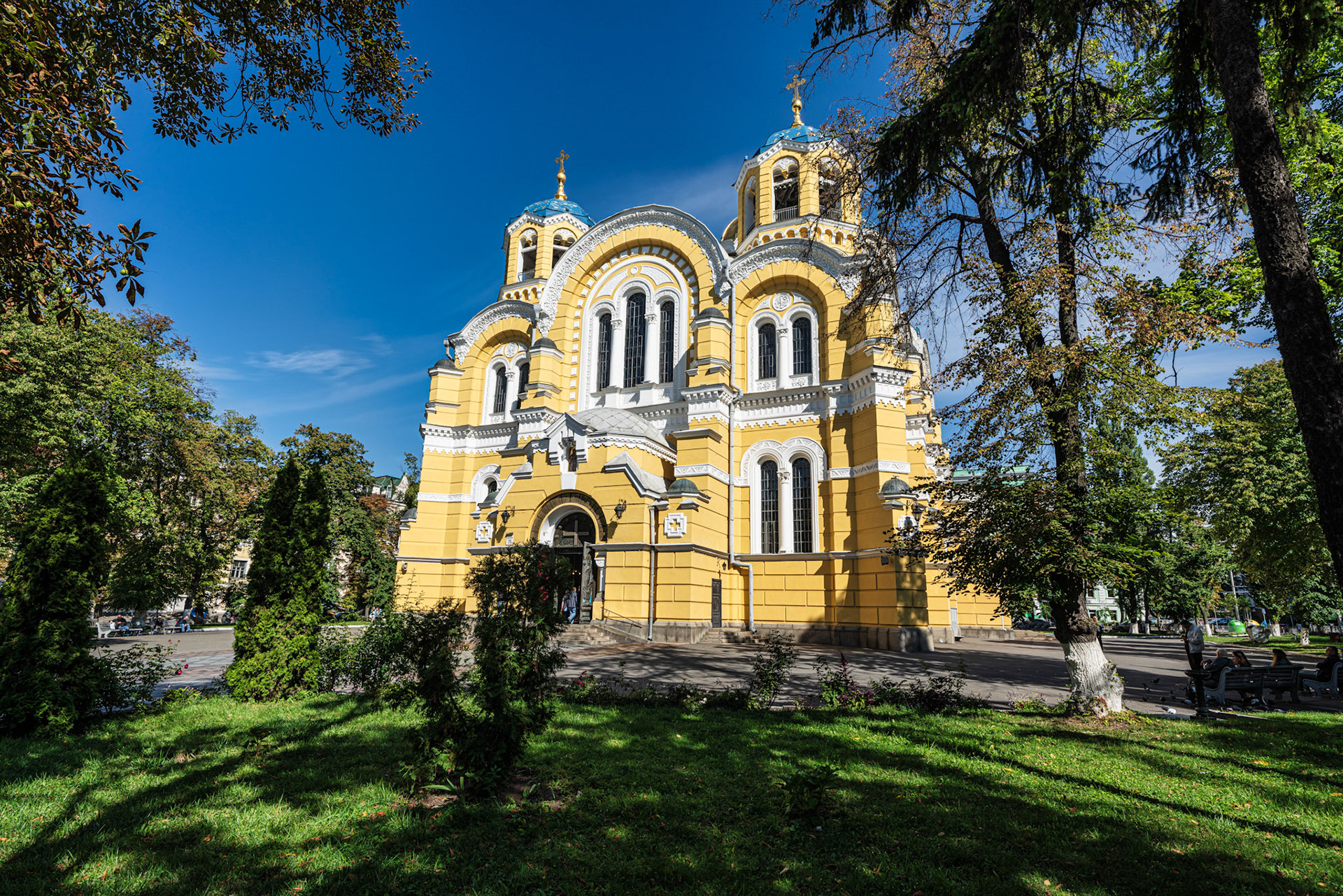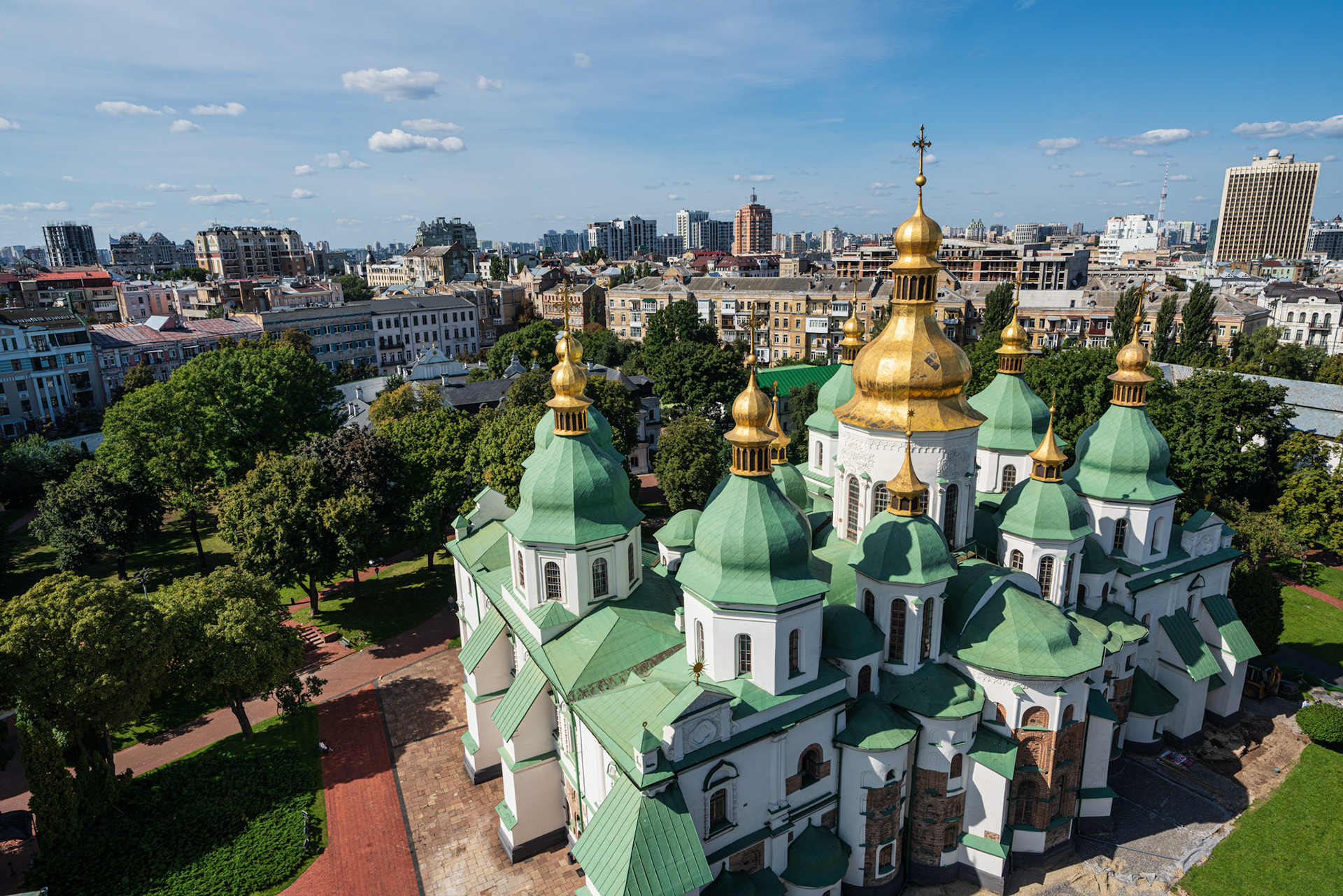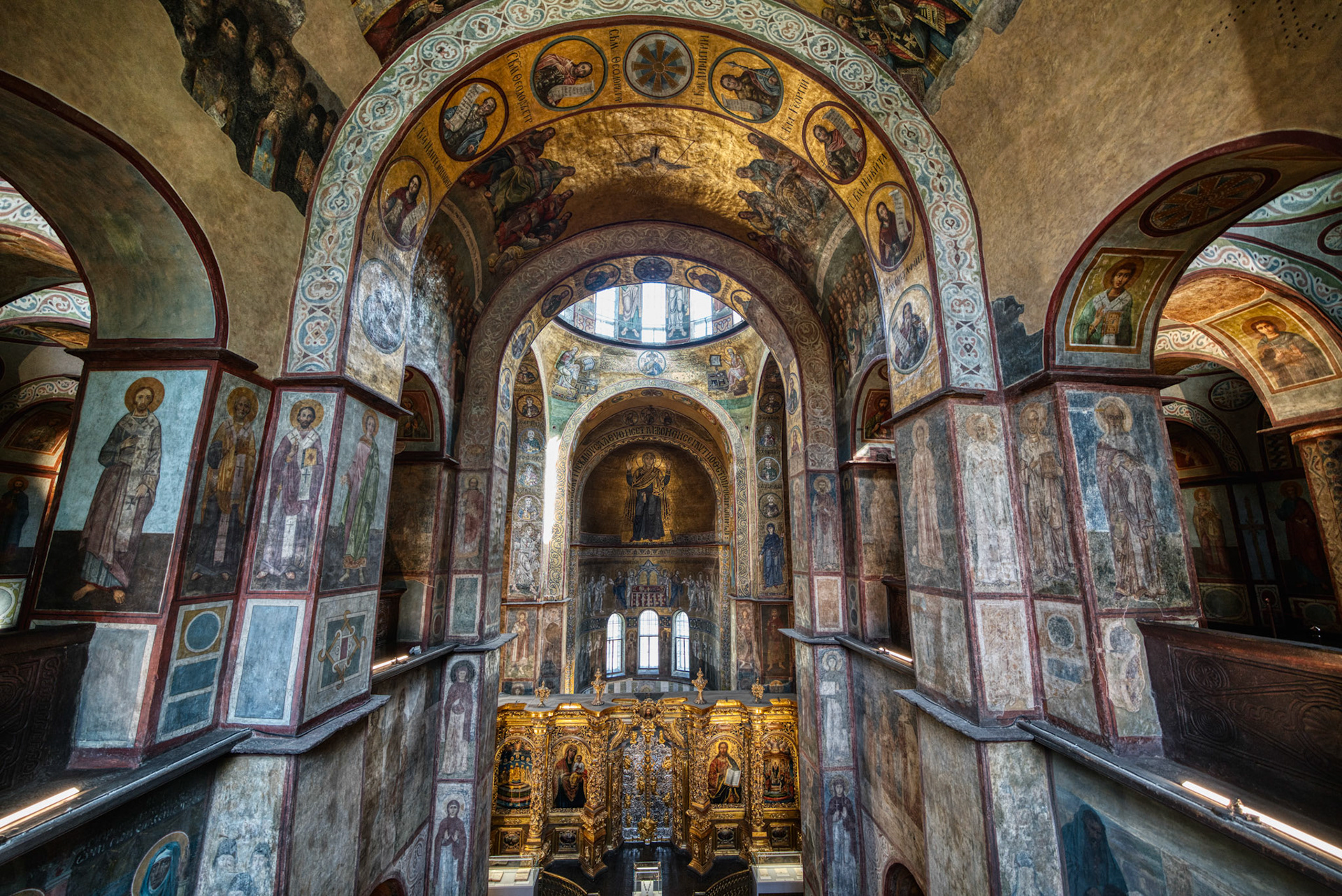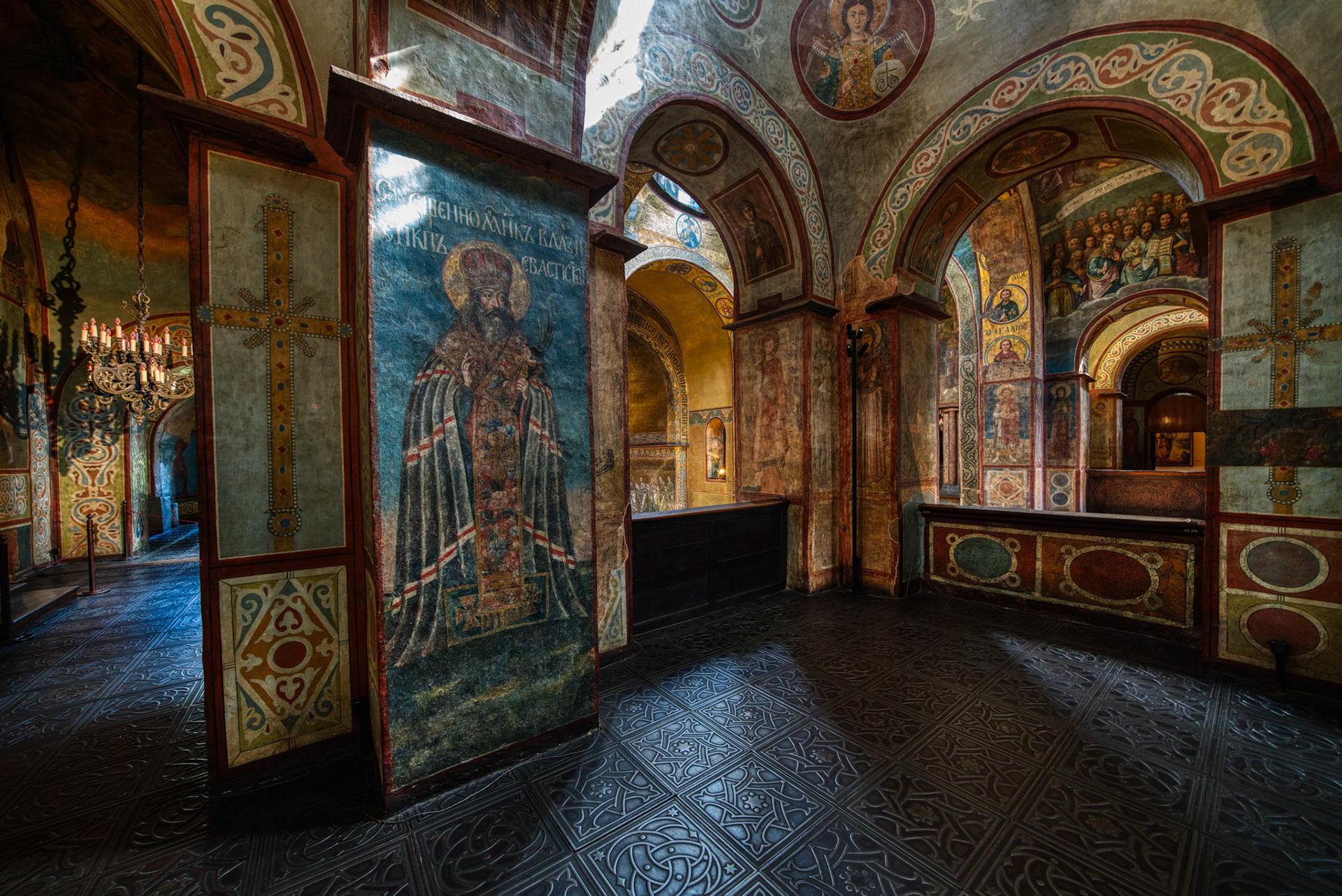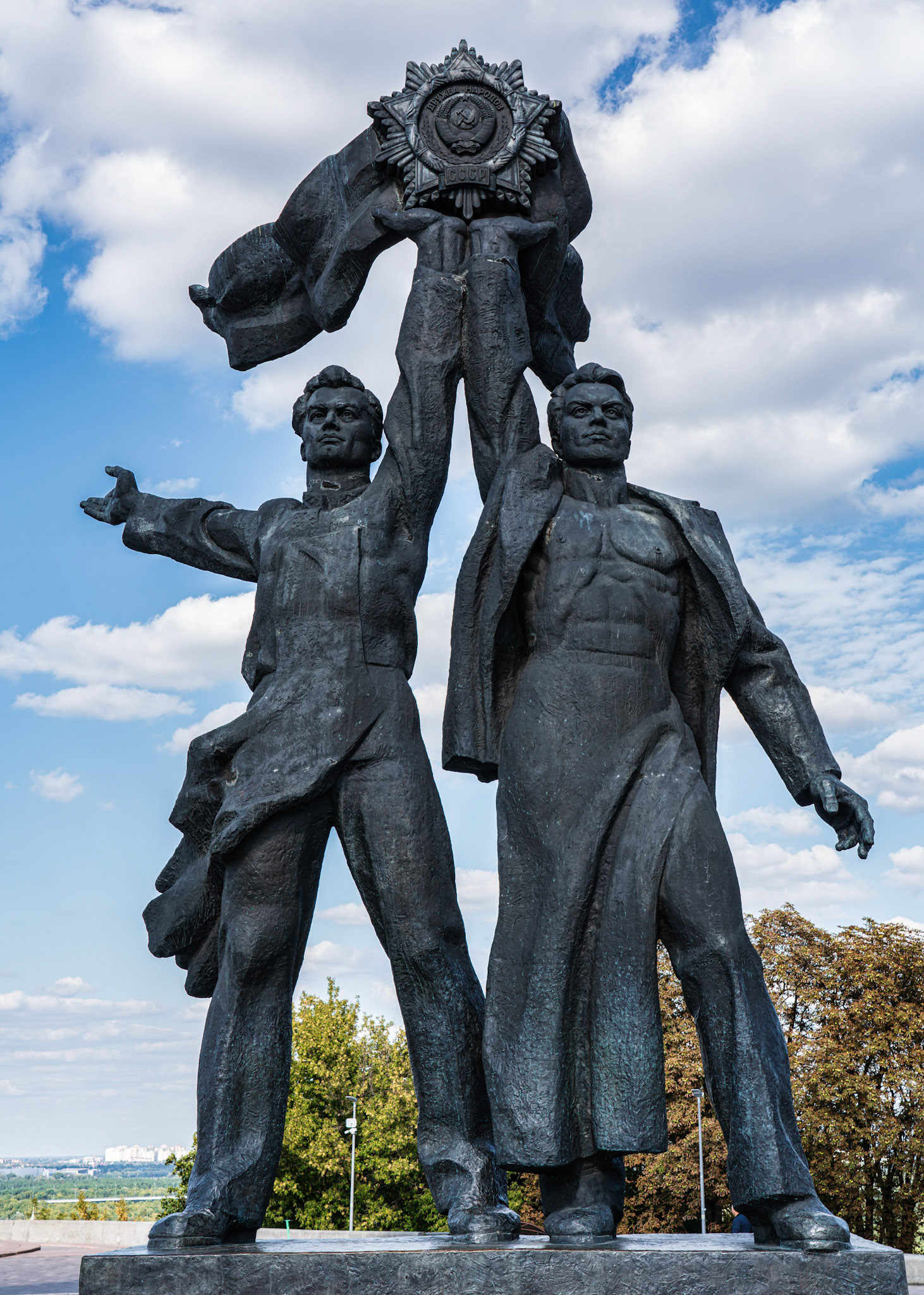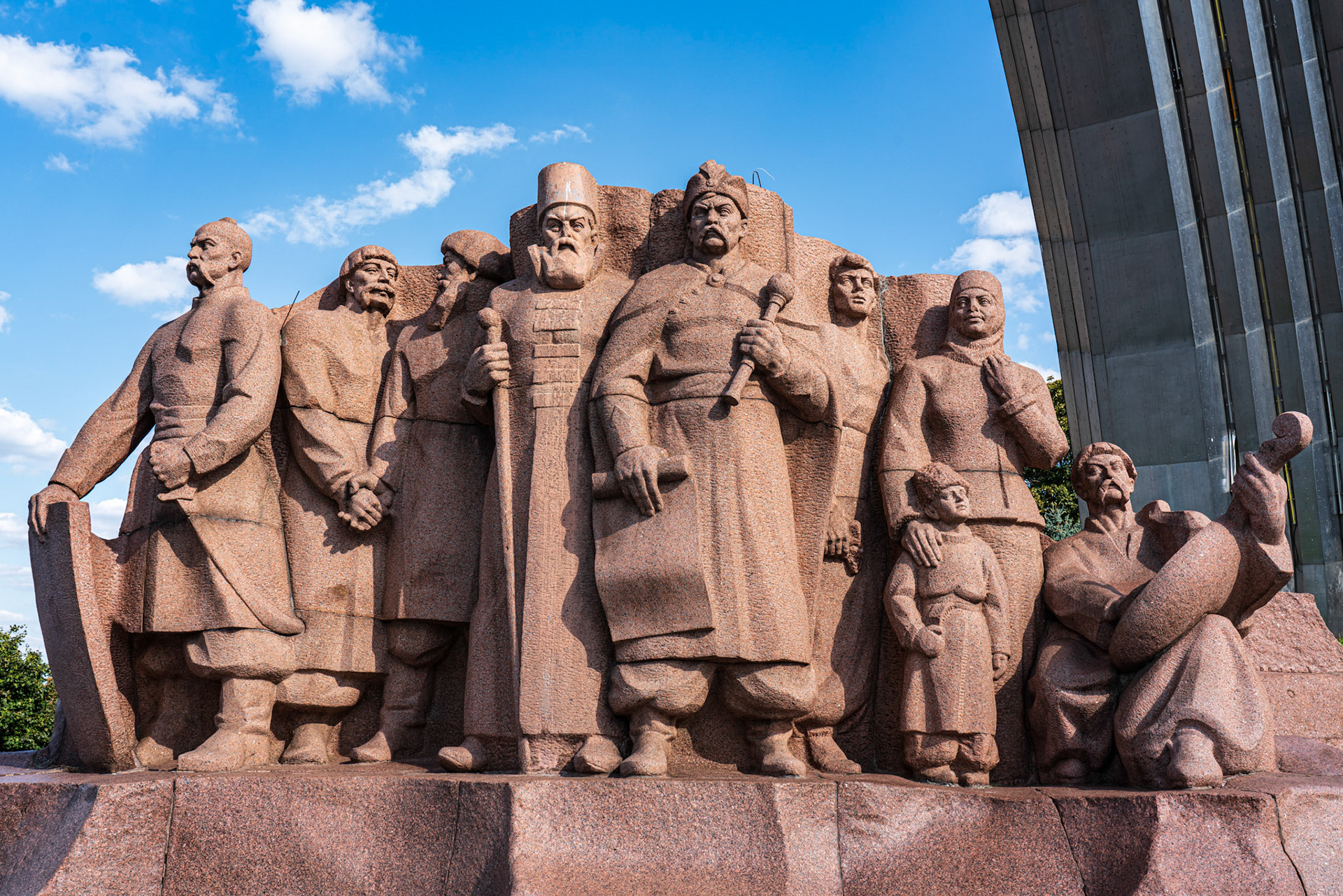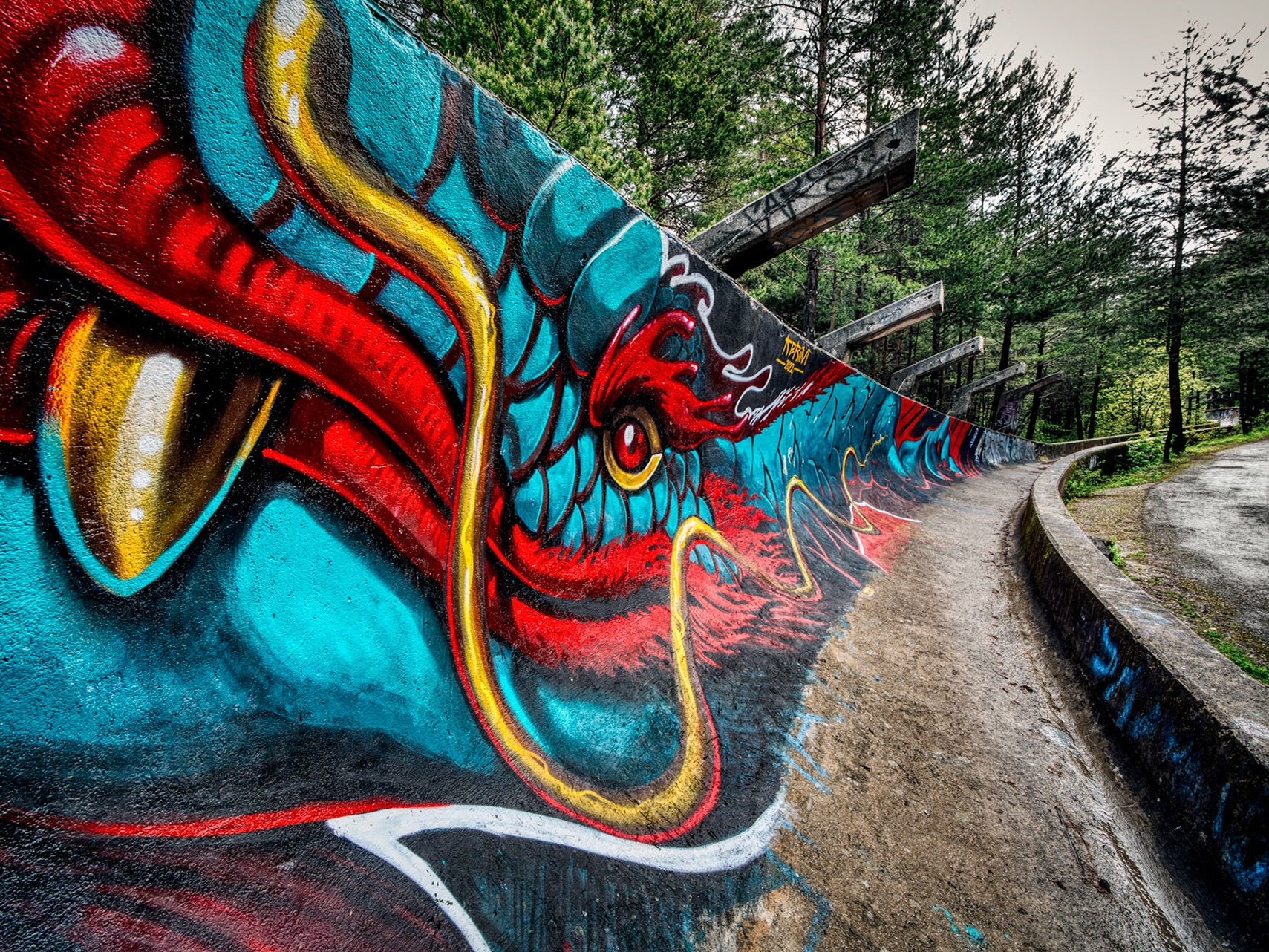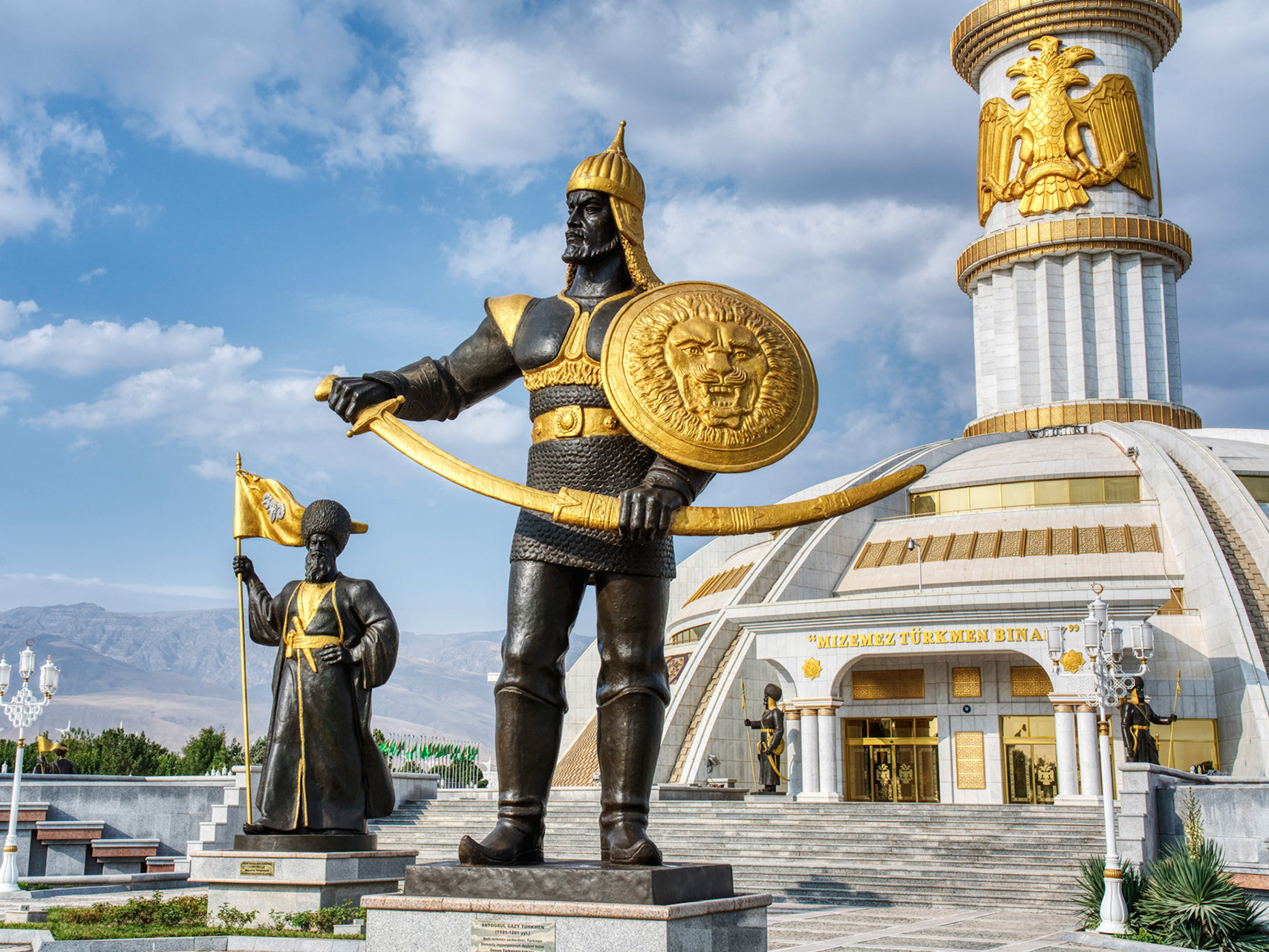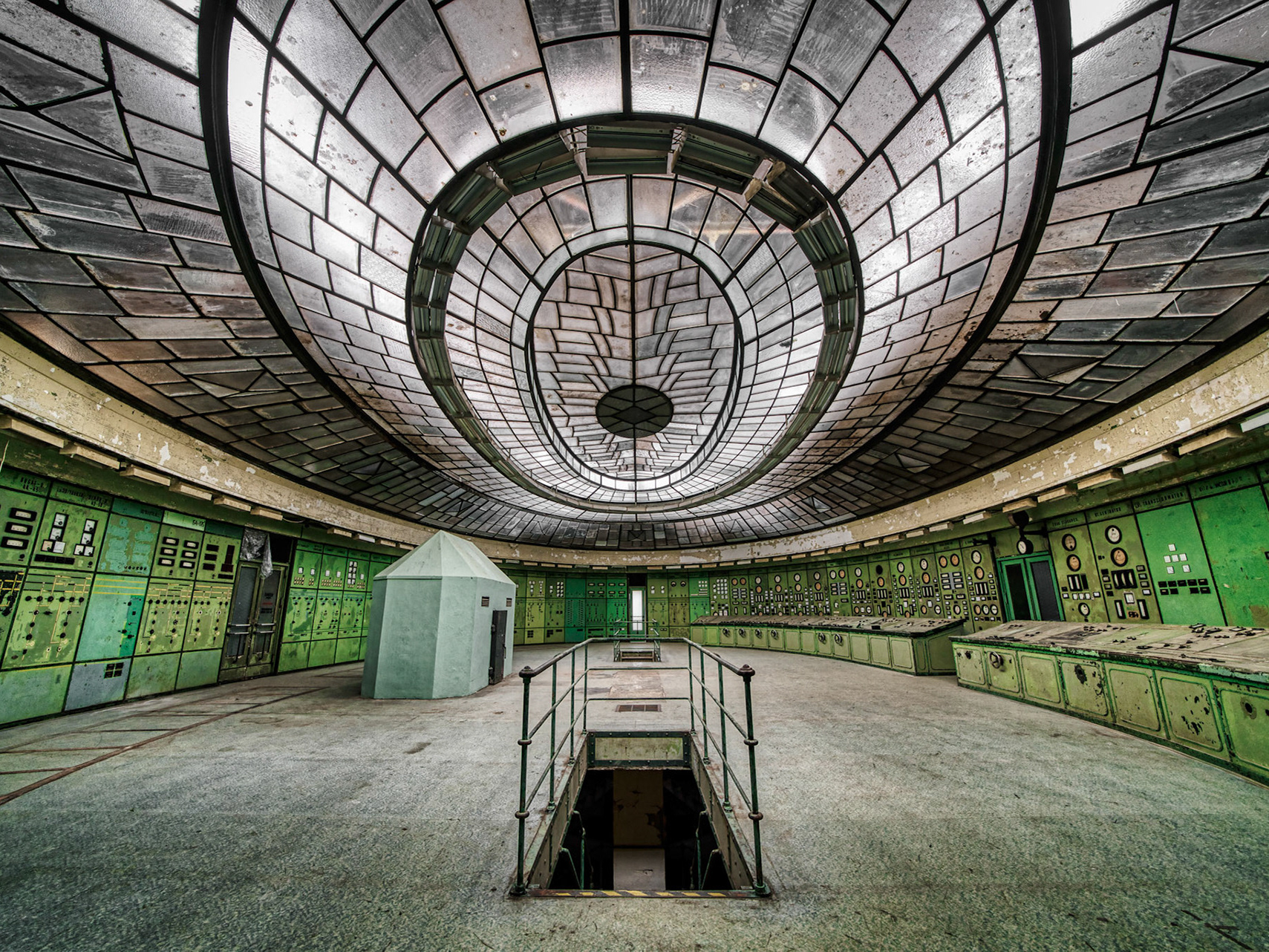Chernobyl
More than 35 years have passed since the 1986 nuclear disaster at Chernobyl became the most devastating catastrophe of its kind in human history.
A routine test at the power plant went horribly wrong, and two massive explosions blew the 1'000-ton roof off one of the plant’s reactors, releasing 400 times more radiation than the atomic bomb dropped on Hiroshima.
Even hundreds of billions of dollars have been spent on cleanup and literally untold thousands of people have been left dead, injured, or sick, the area itself still remains a ghost town, uninhabitable for the next 20'000 years.
Pripyat
Chernobyl today is indeed a place long since abandoned, yet it is still full of relics of its tragic past.
Pripyat, the town forged next to the nuclear plant, was meant to be a model nuclear city, a testament to Soviet strength and ingenuity.
Now it's known only as the Chernobyl Exclusion Zone, forcibly devoid of humans and since retaken by animals and nature itself.
Welcome to Chernobyl today, an empty shell haunted by its disastrous past.
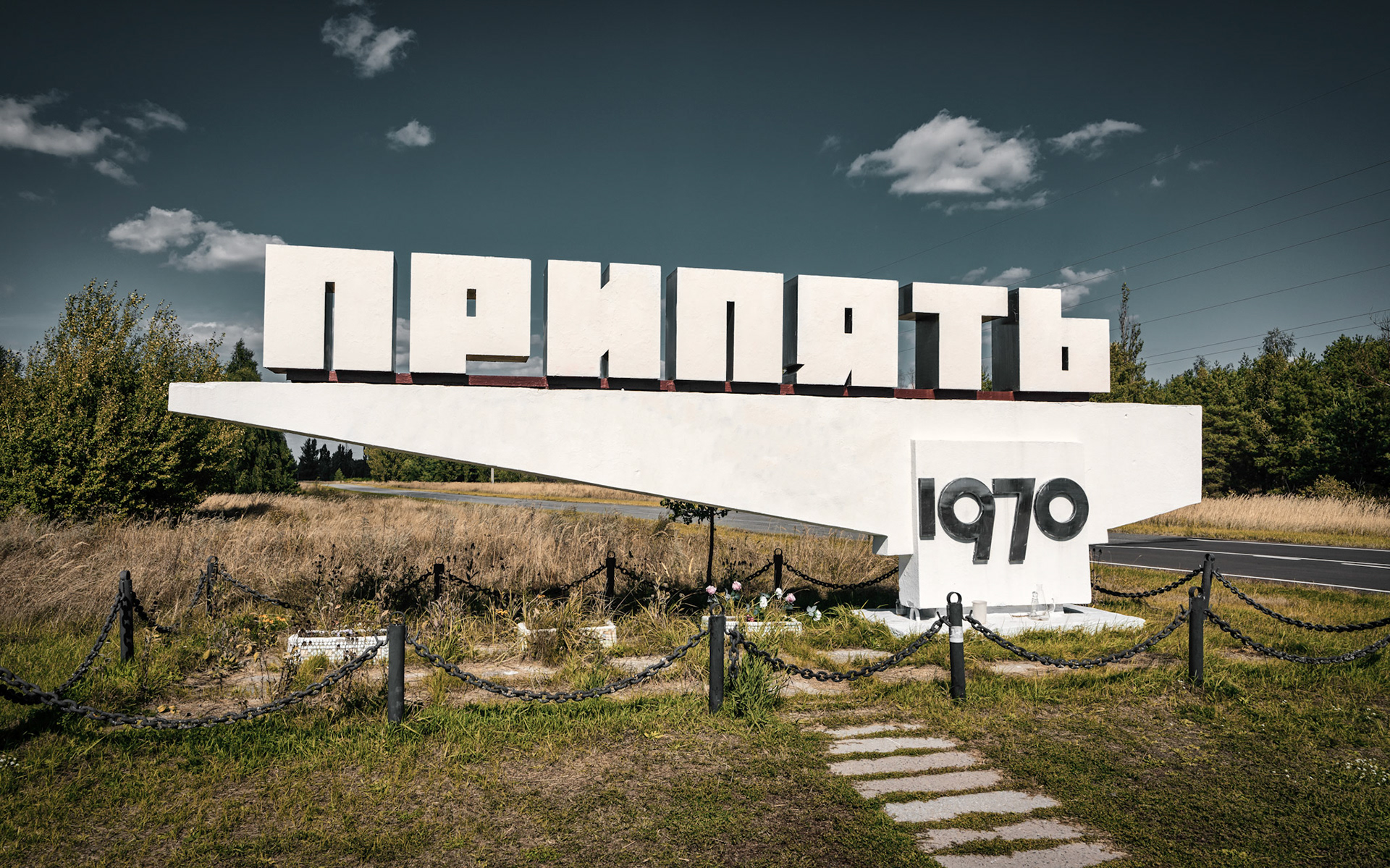

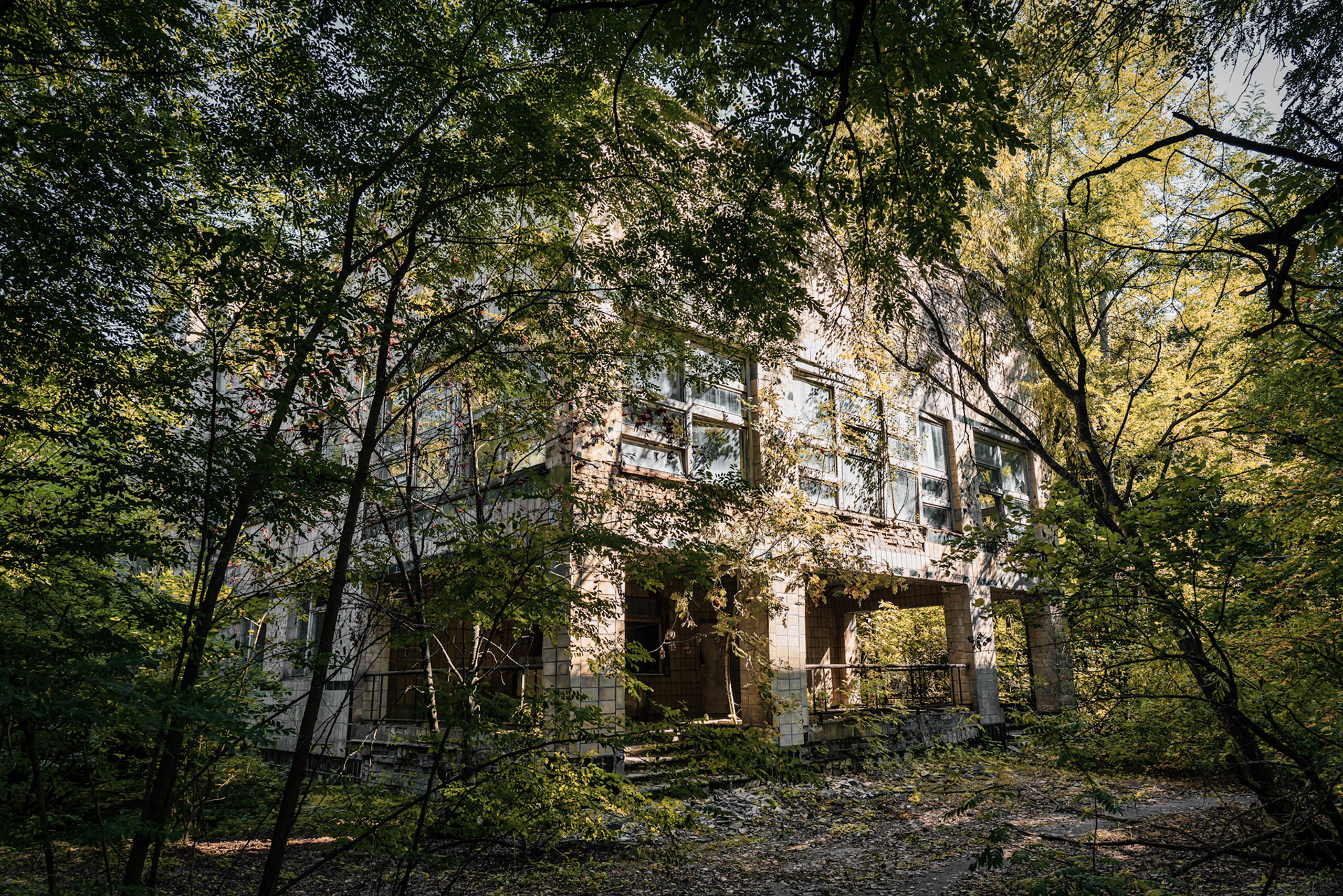

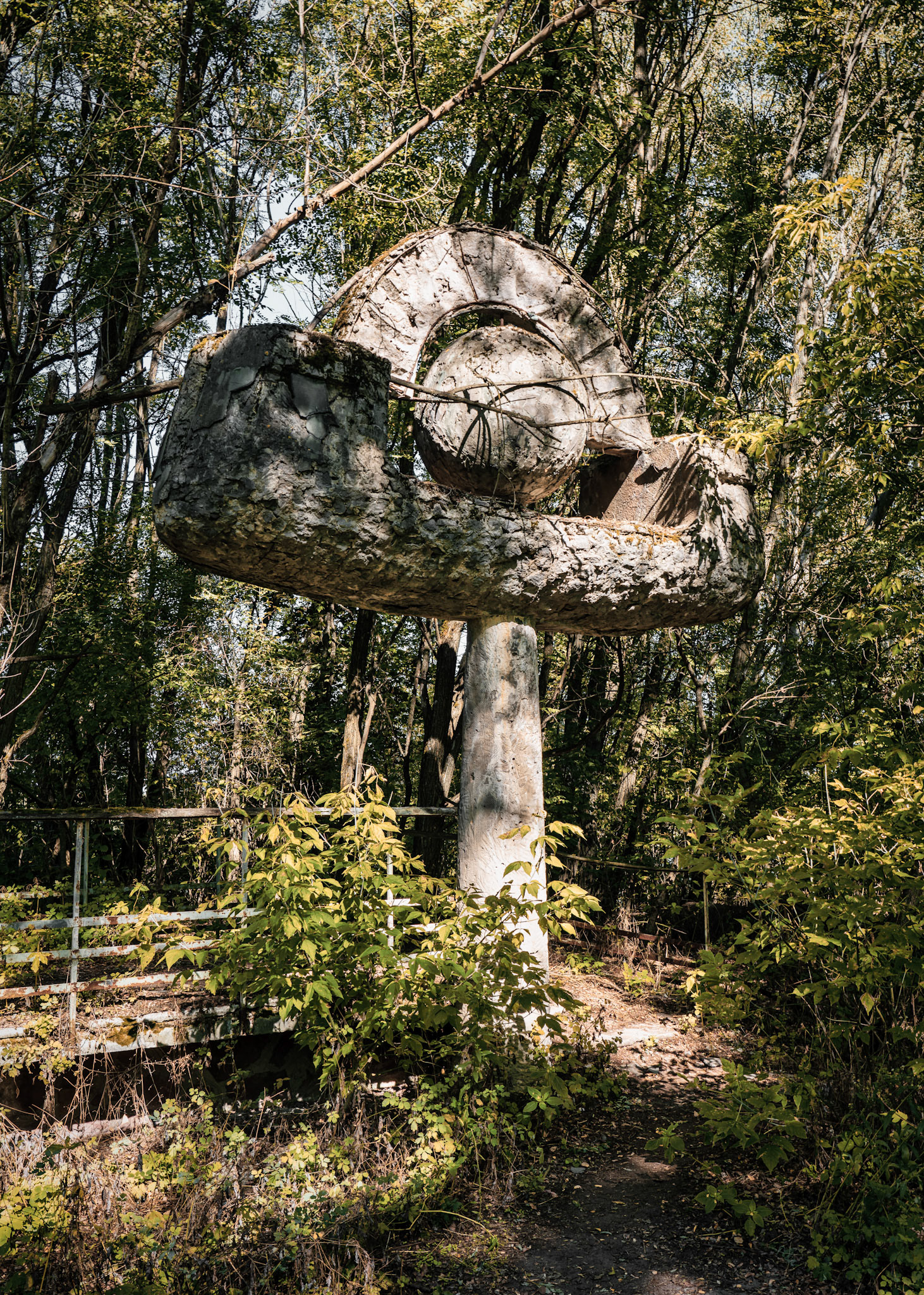
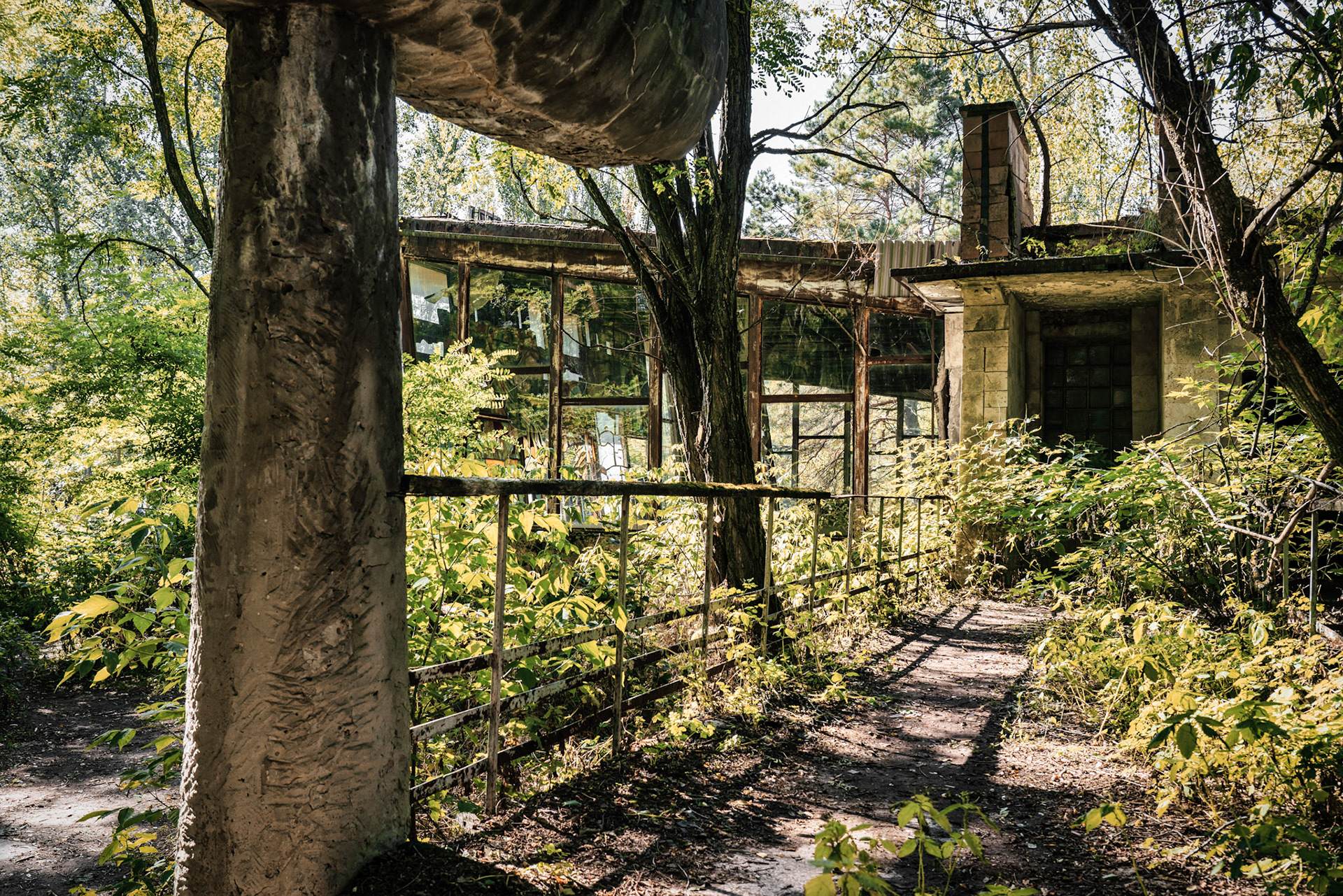
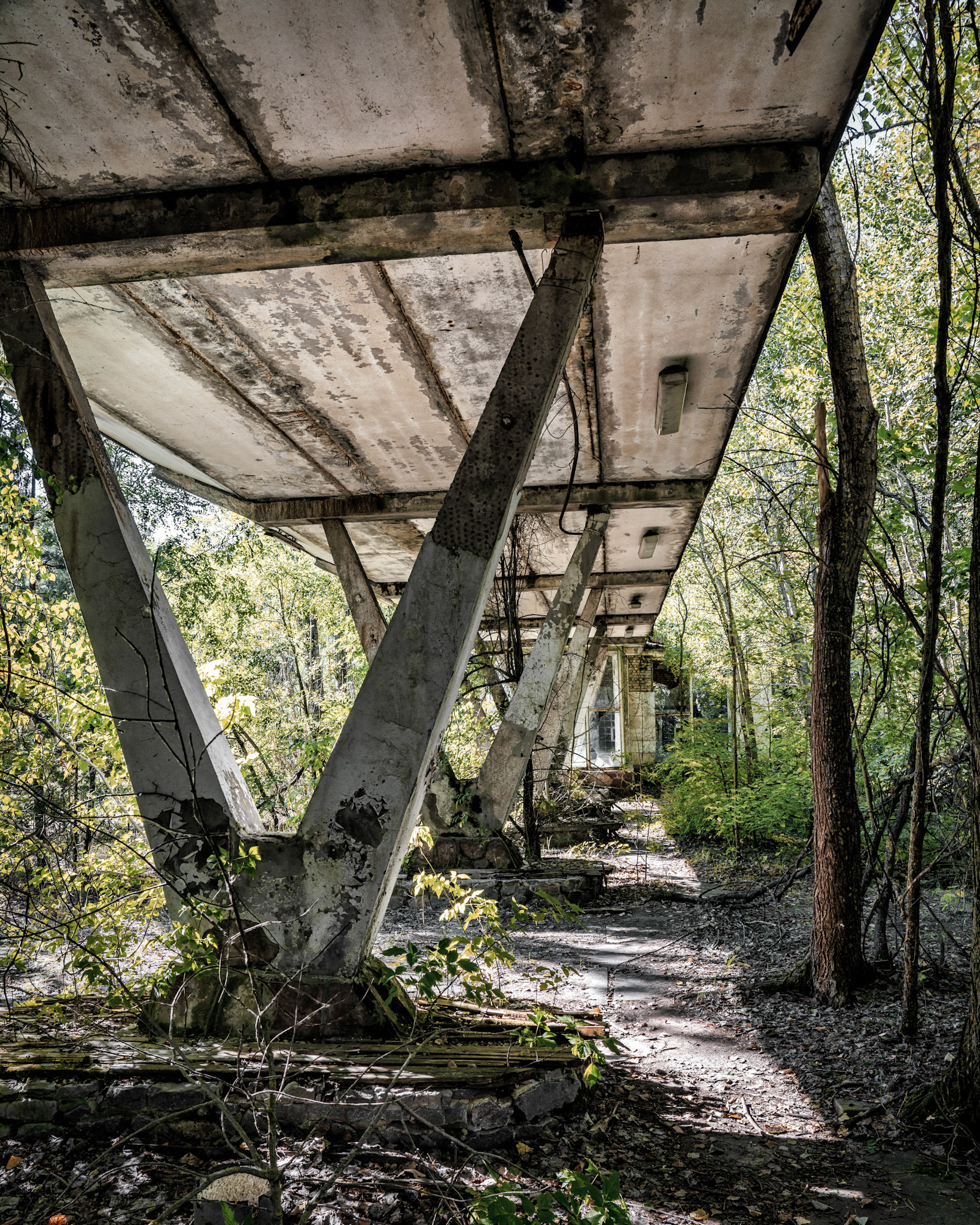
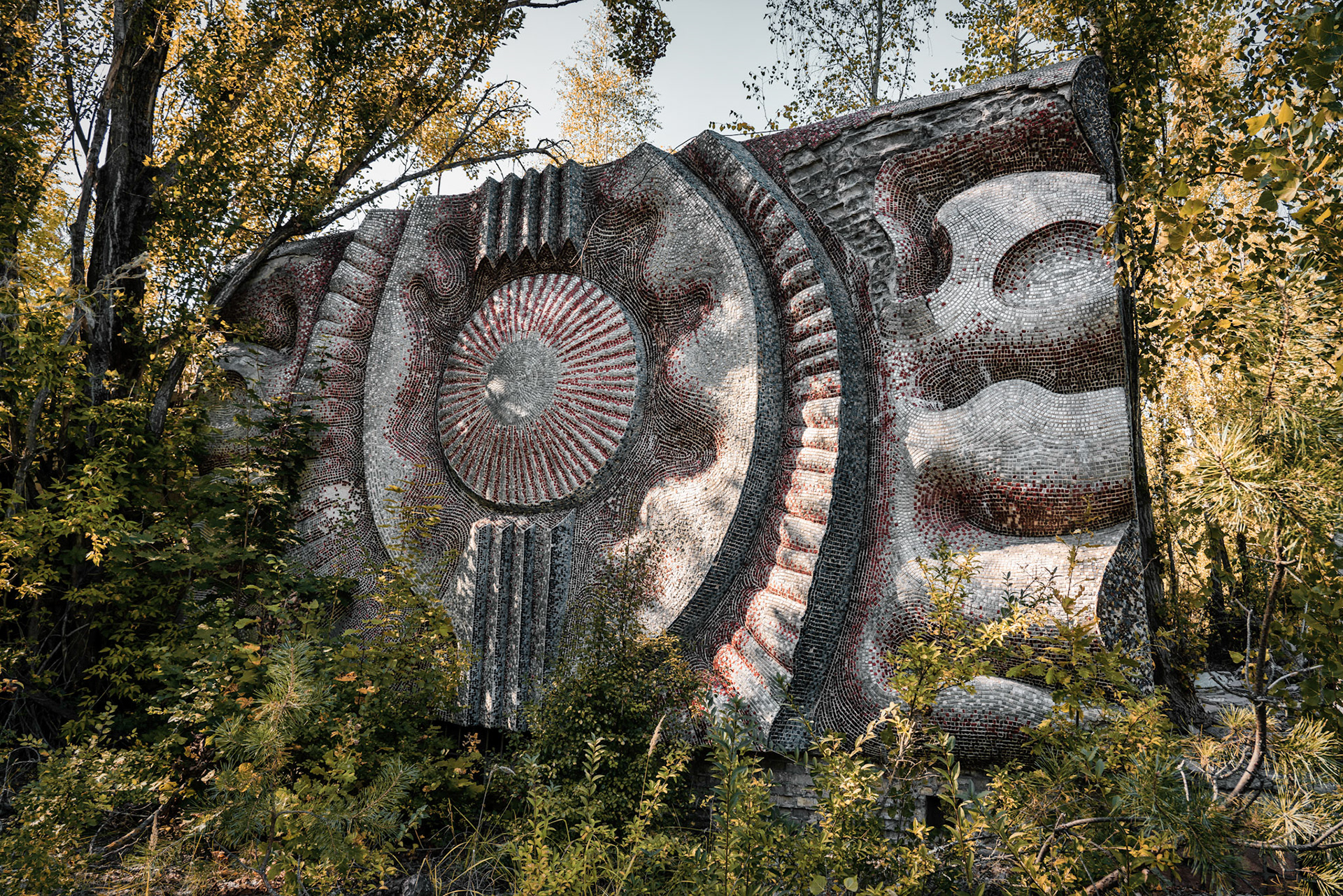

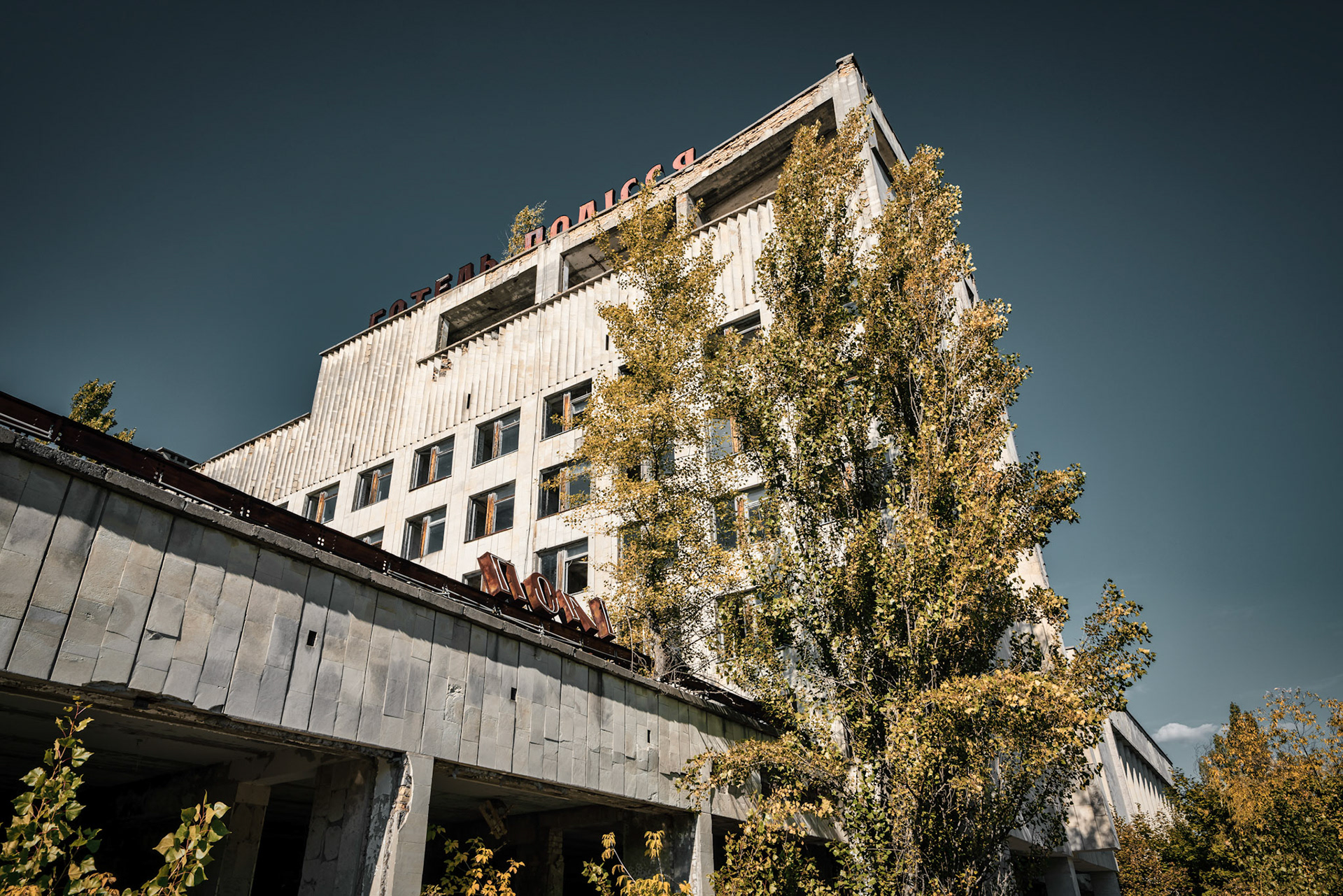
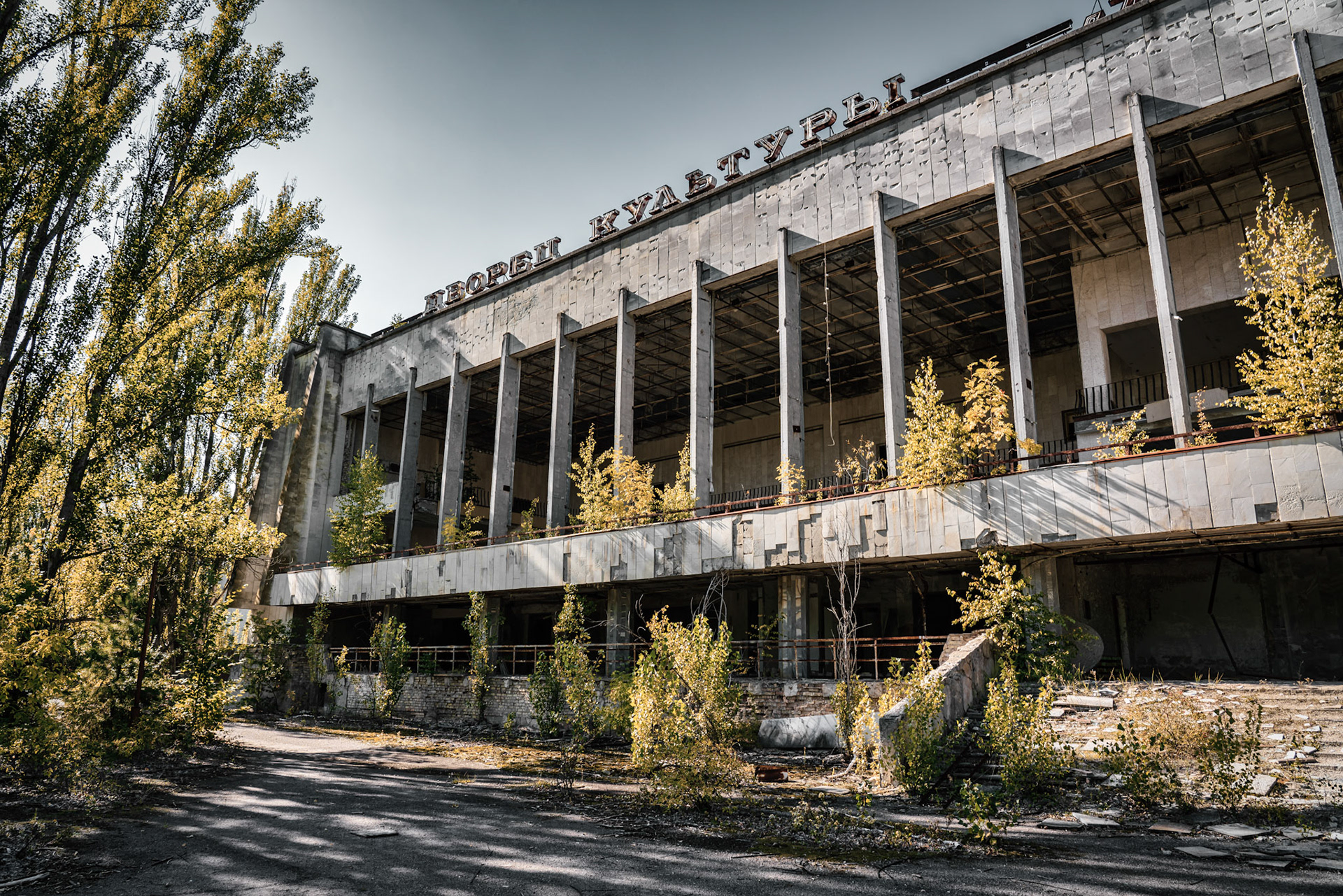
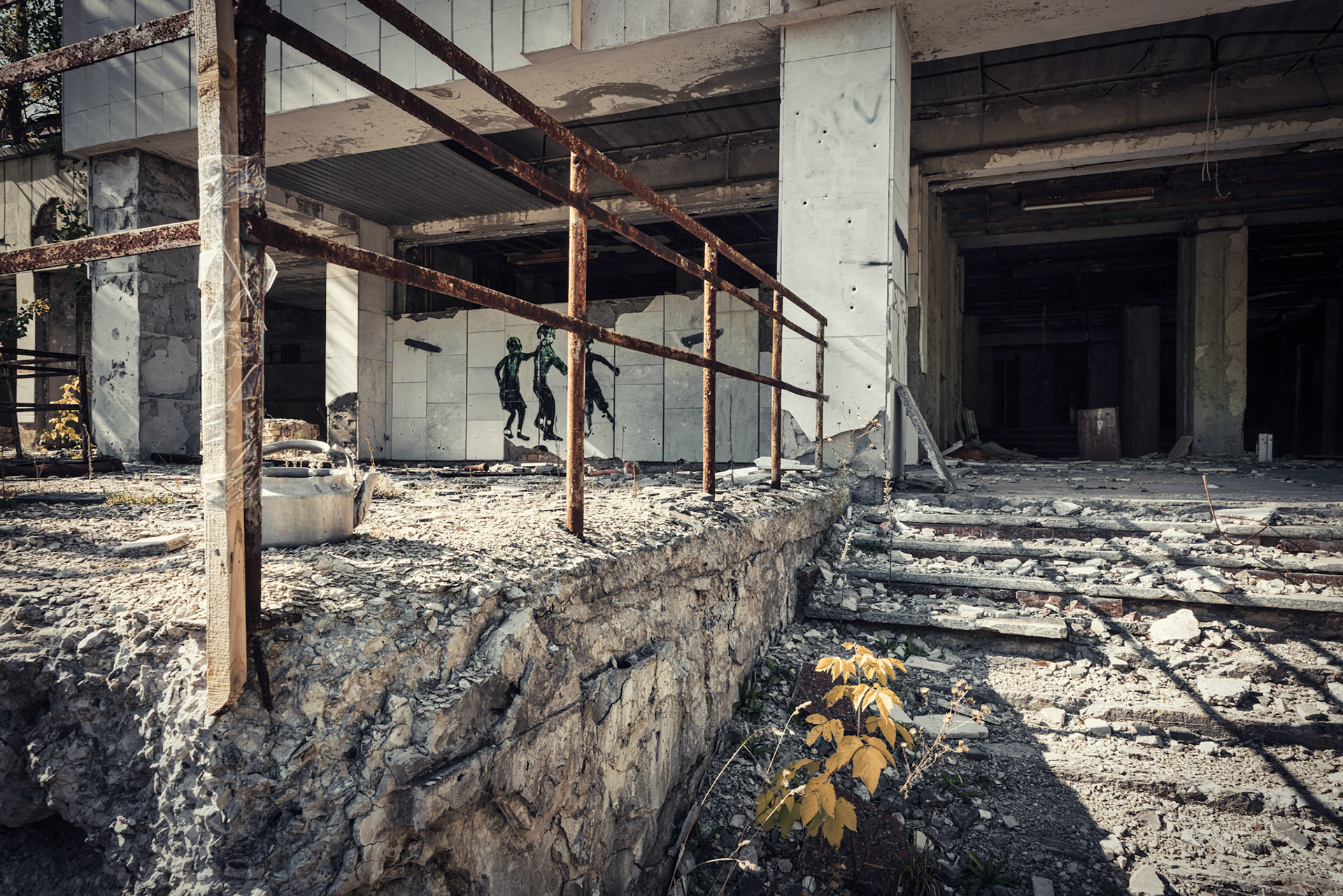
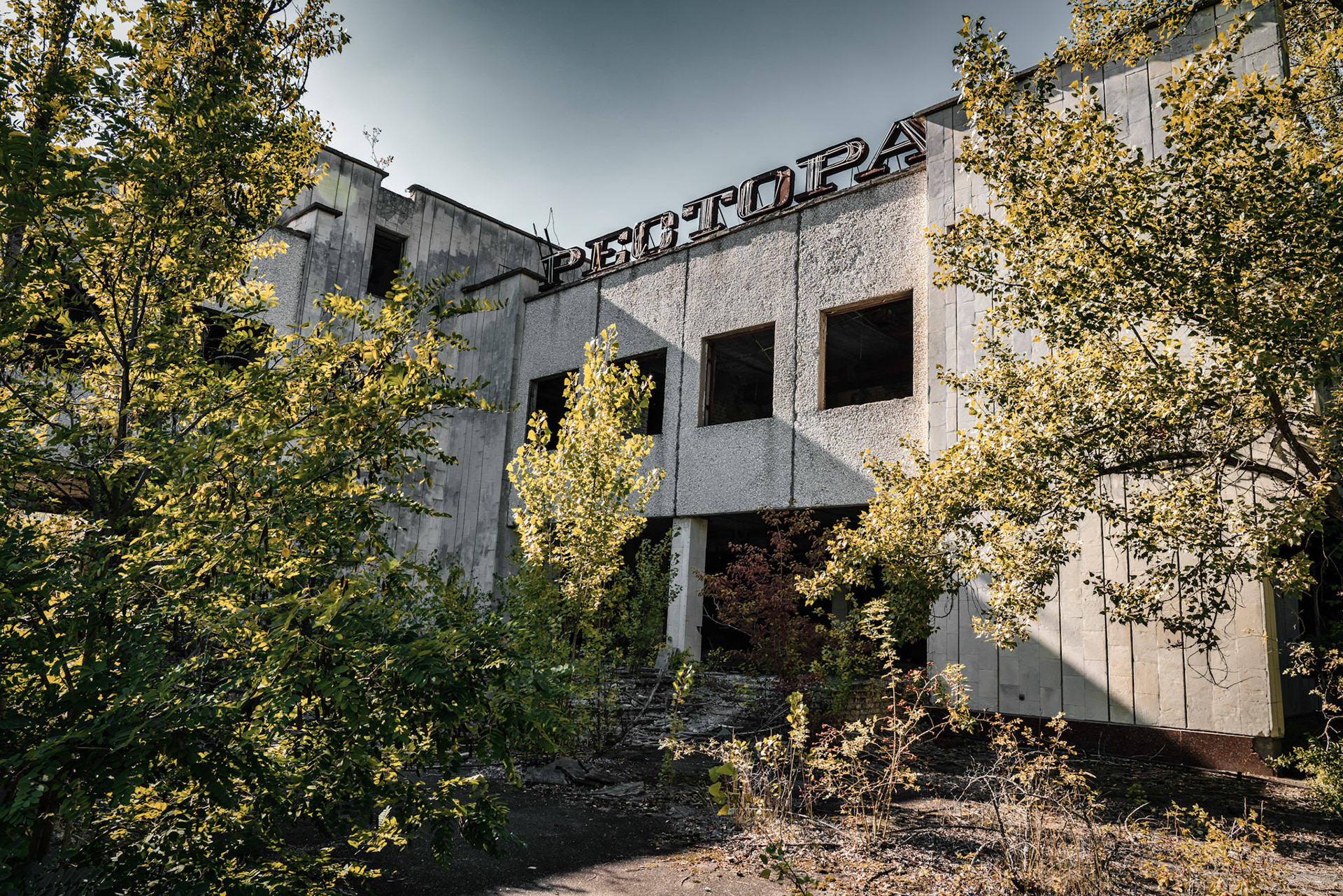
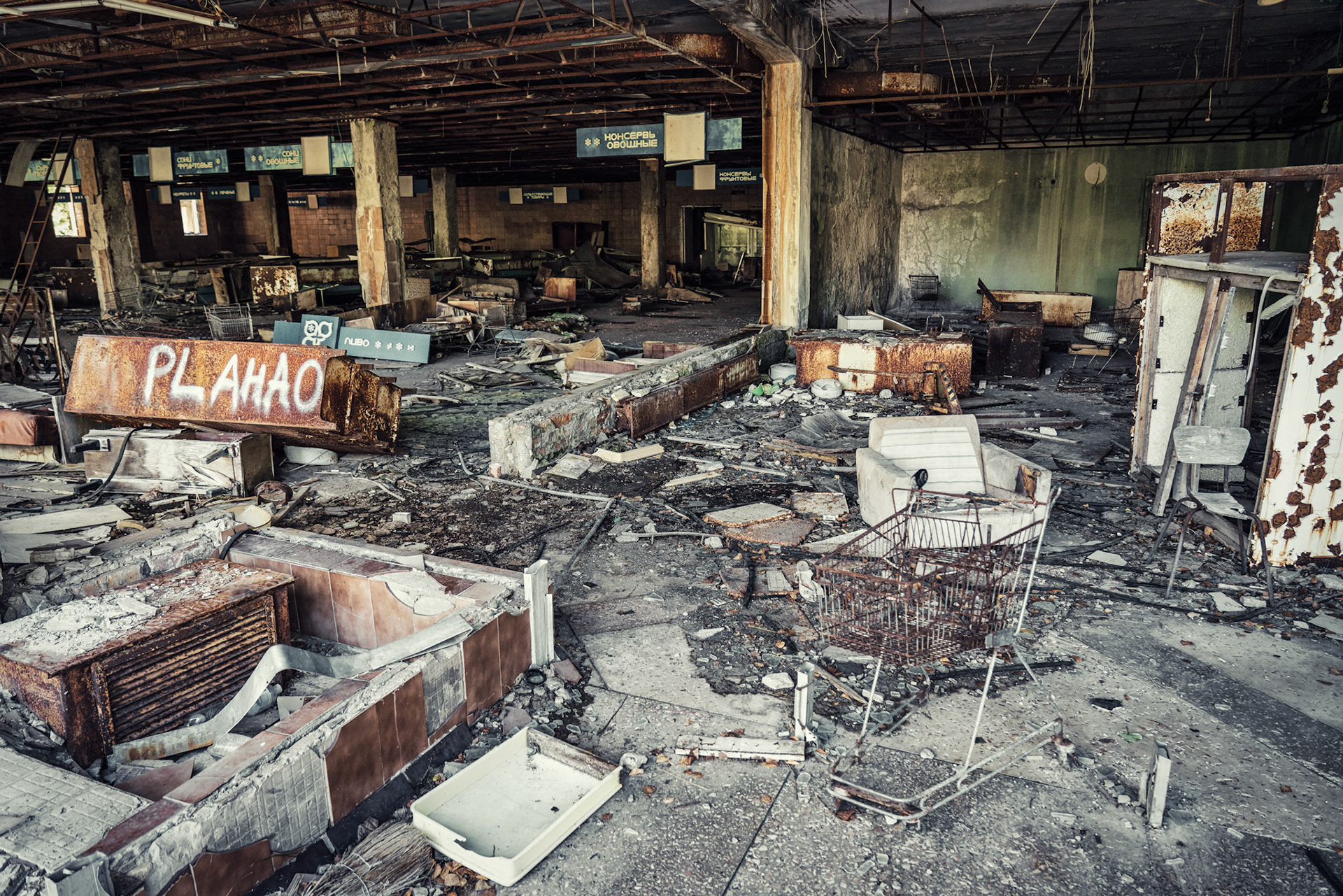
Amusement Park
The Pripyat amusement park was only open one day: April 27, 1986, as entertainment for those preparing to evacuate the city following the April 26 Chernobyl disaster.
Festive decorations still linger near the haunting rides for the planned May 1, 1986 opening that never came. Its looming ferris wheel has become an unsettling icon of the nuclear disaster.
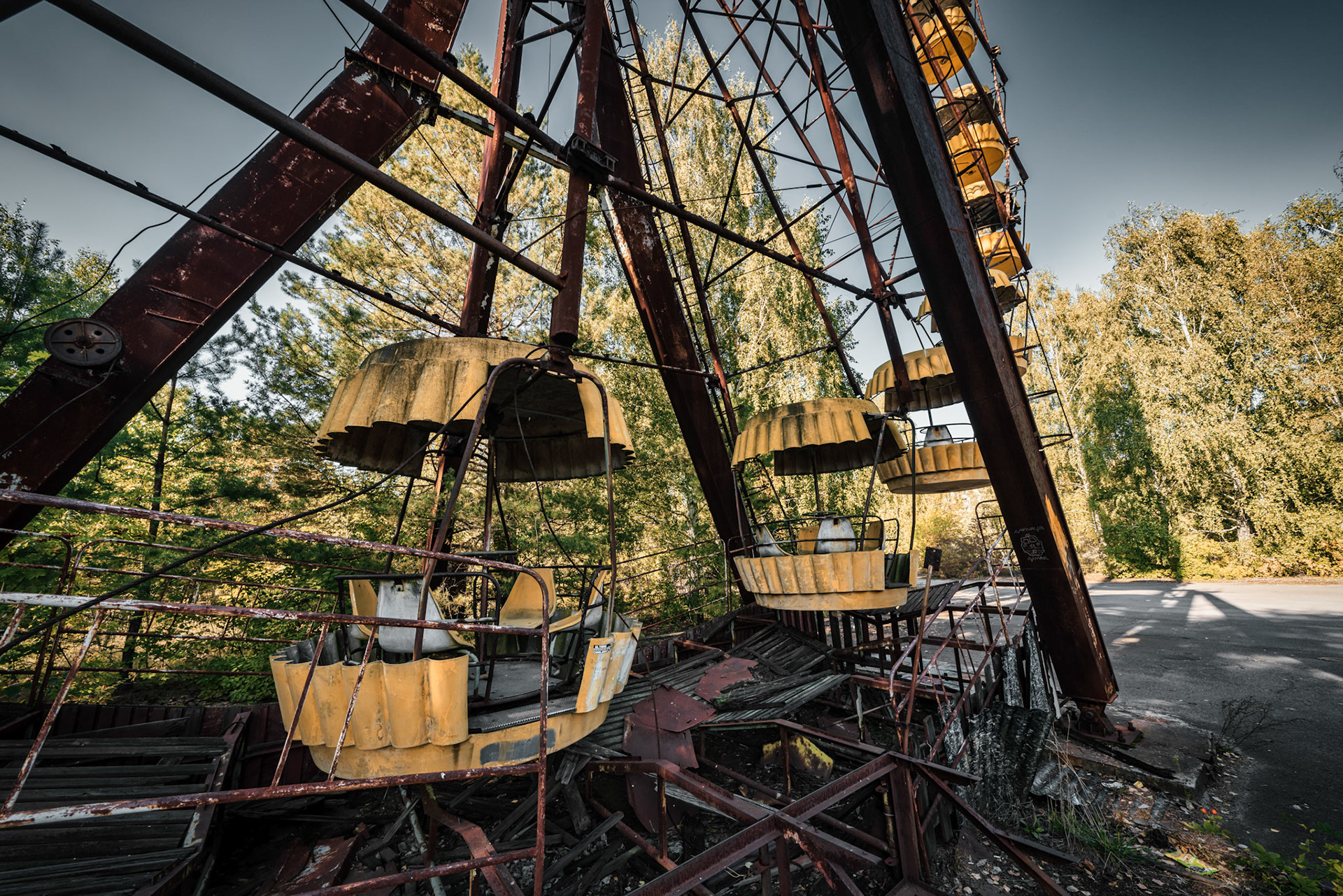
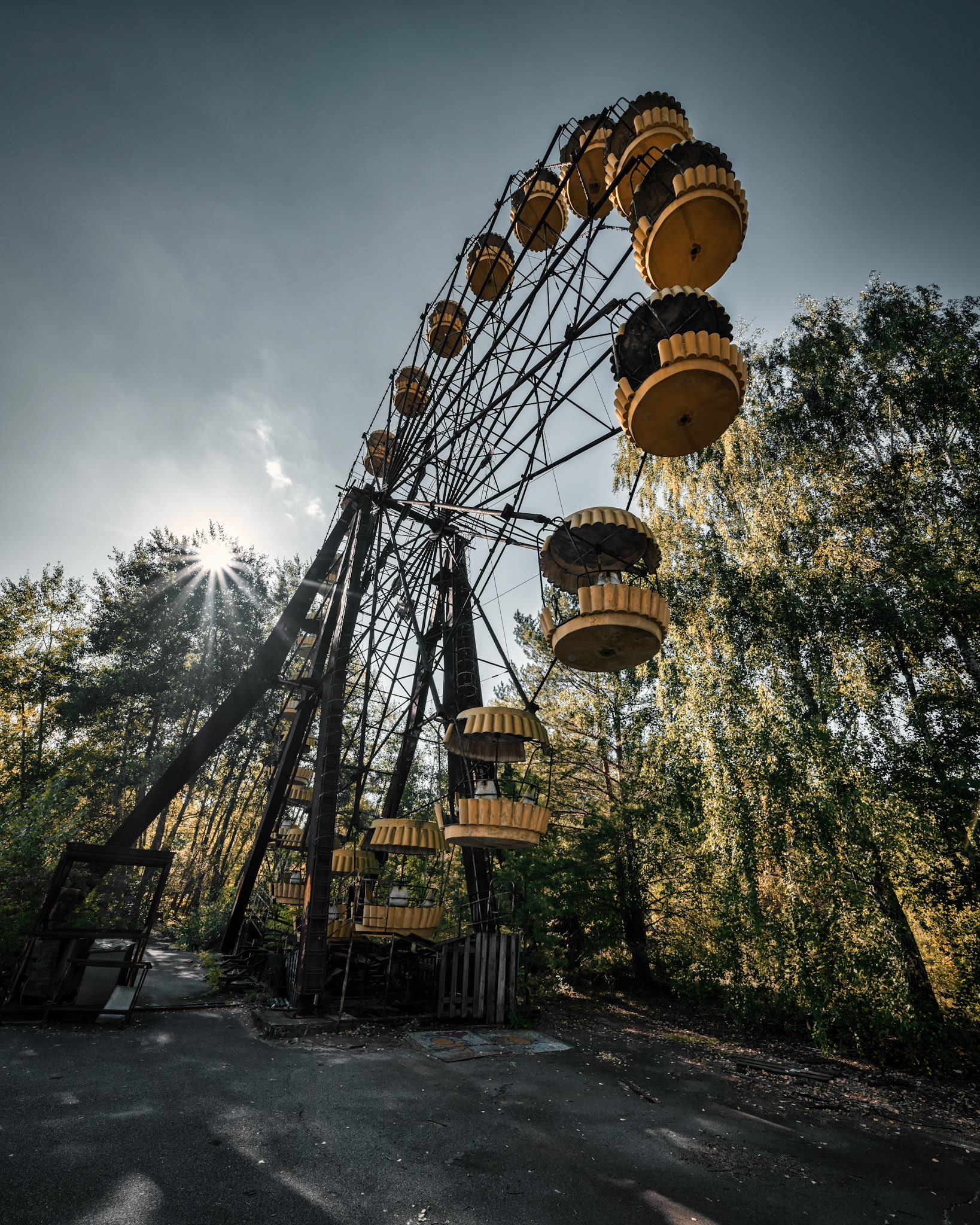


Schools
April 26 1986 was just another school day for the Pripyat children. The teachers gave the students iodine and the windows were tightly closed, but classes were not cancelled. They were allowed to go home earlier, not knowing that the next day at noon, Pripyat was empty.
Pripyat Secondary School No. 3 houses the most photographed collection of gas masks in Pripyat. Hundreds now lie strewn across the floor having been removed from storage by stalkers in search of the tiny amounts of silver within their filters.
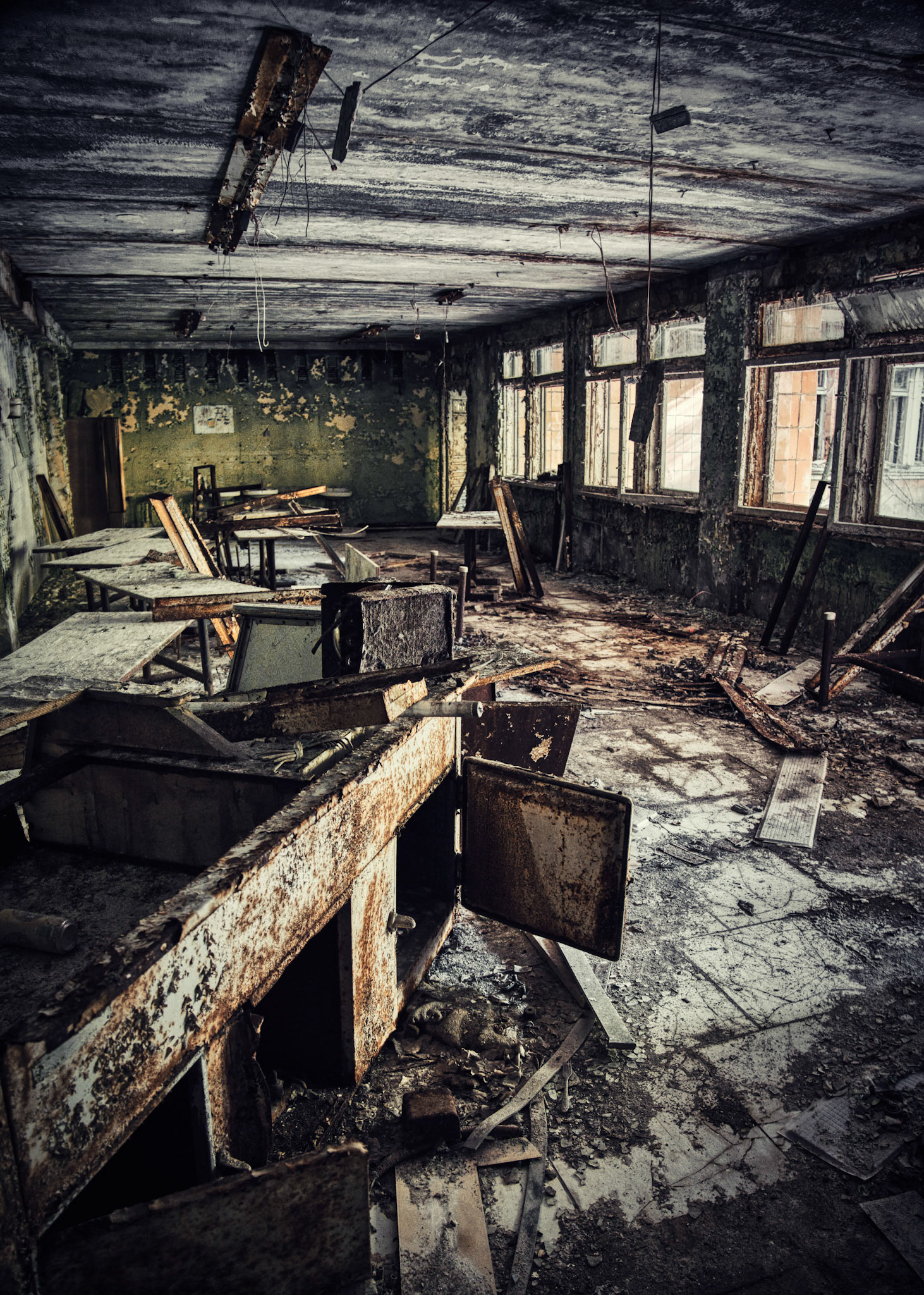
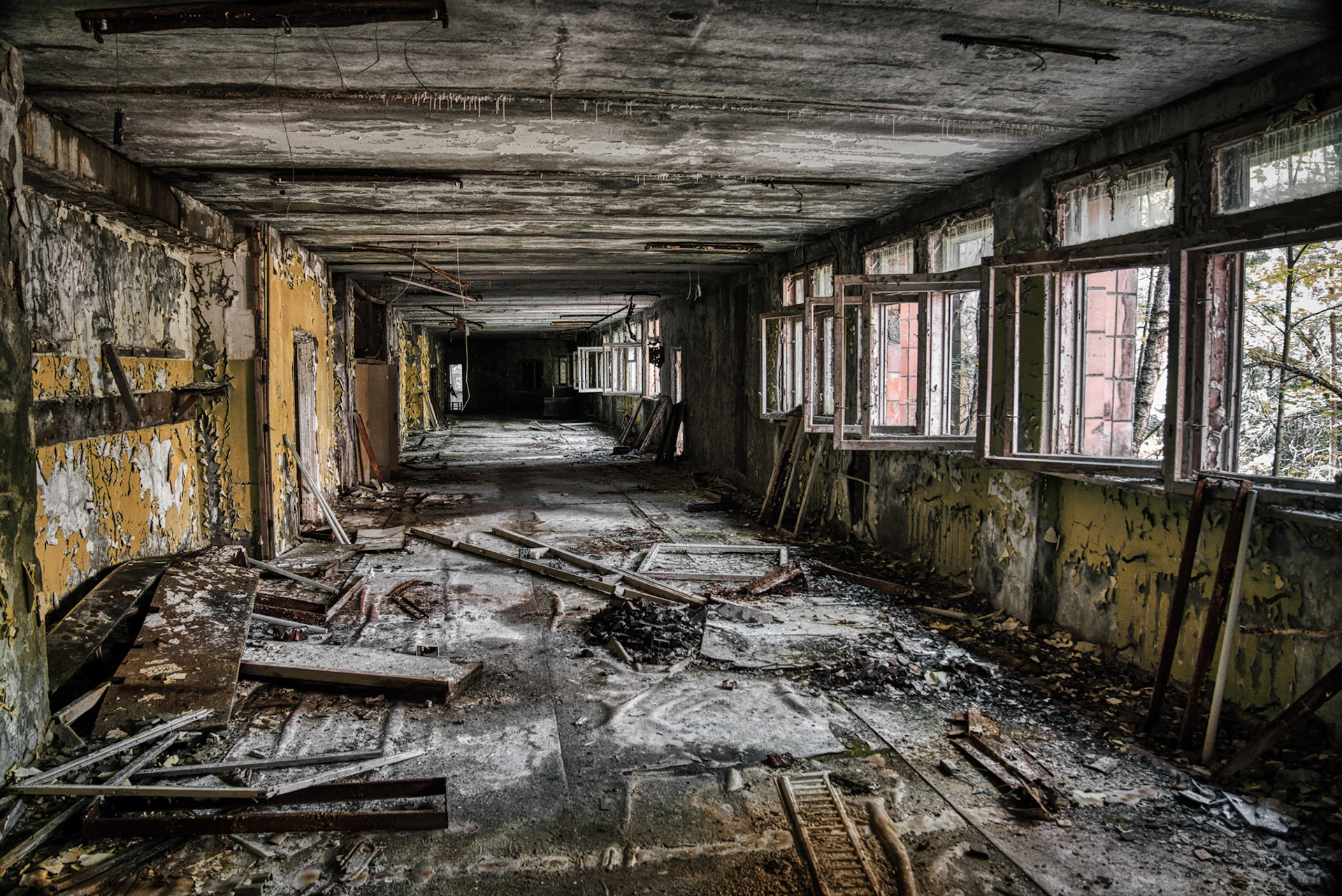
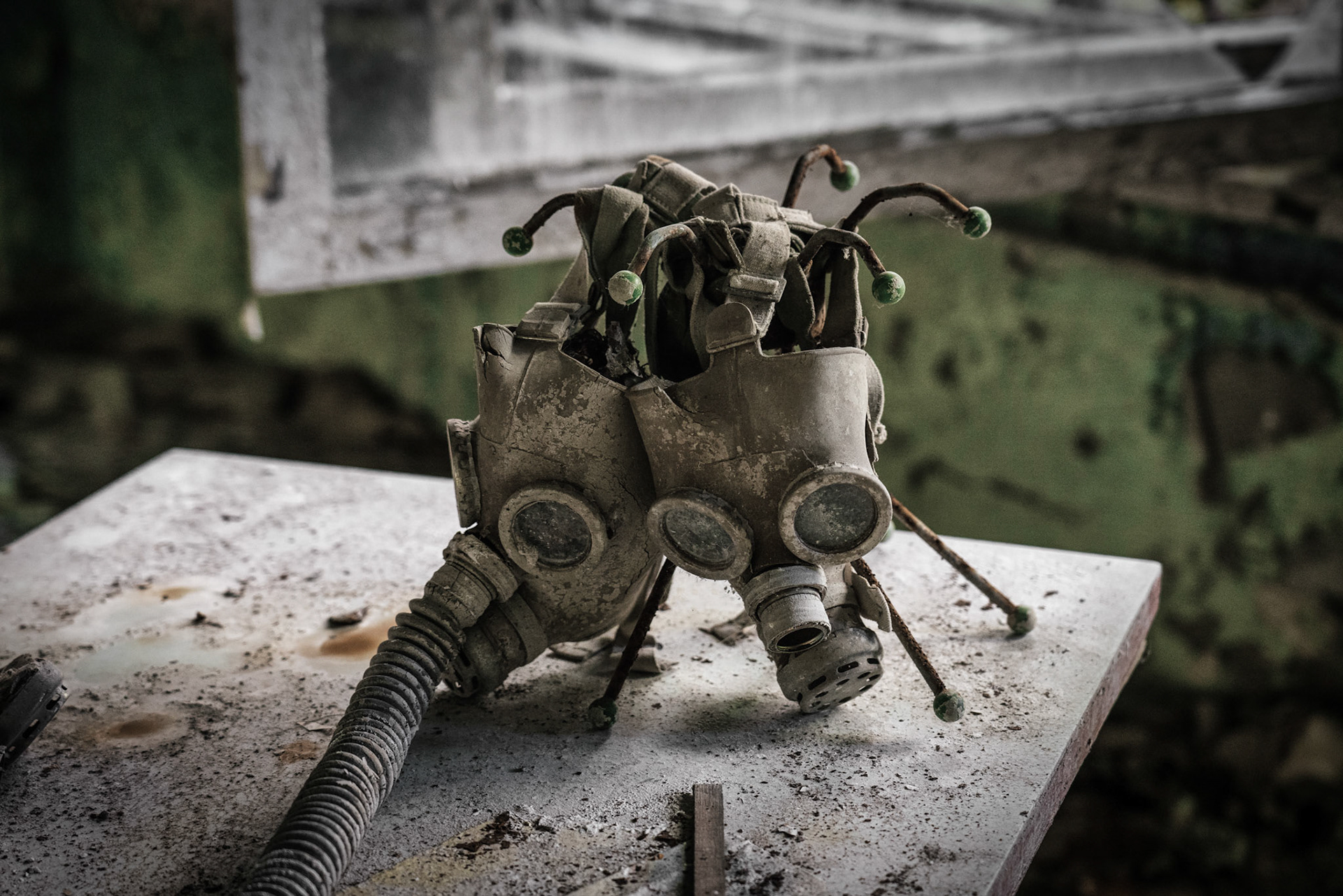
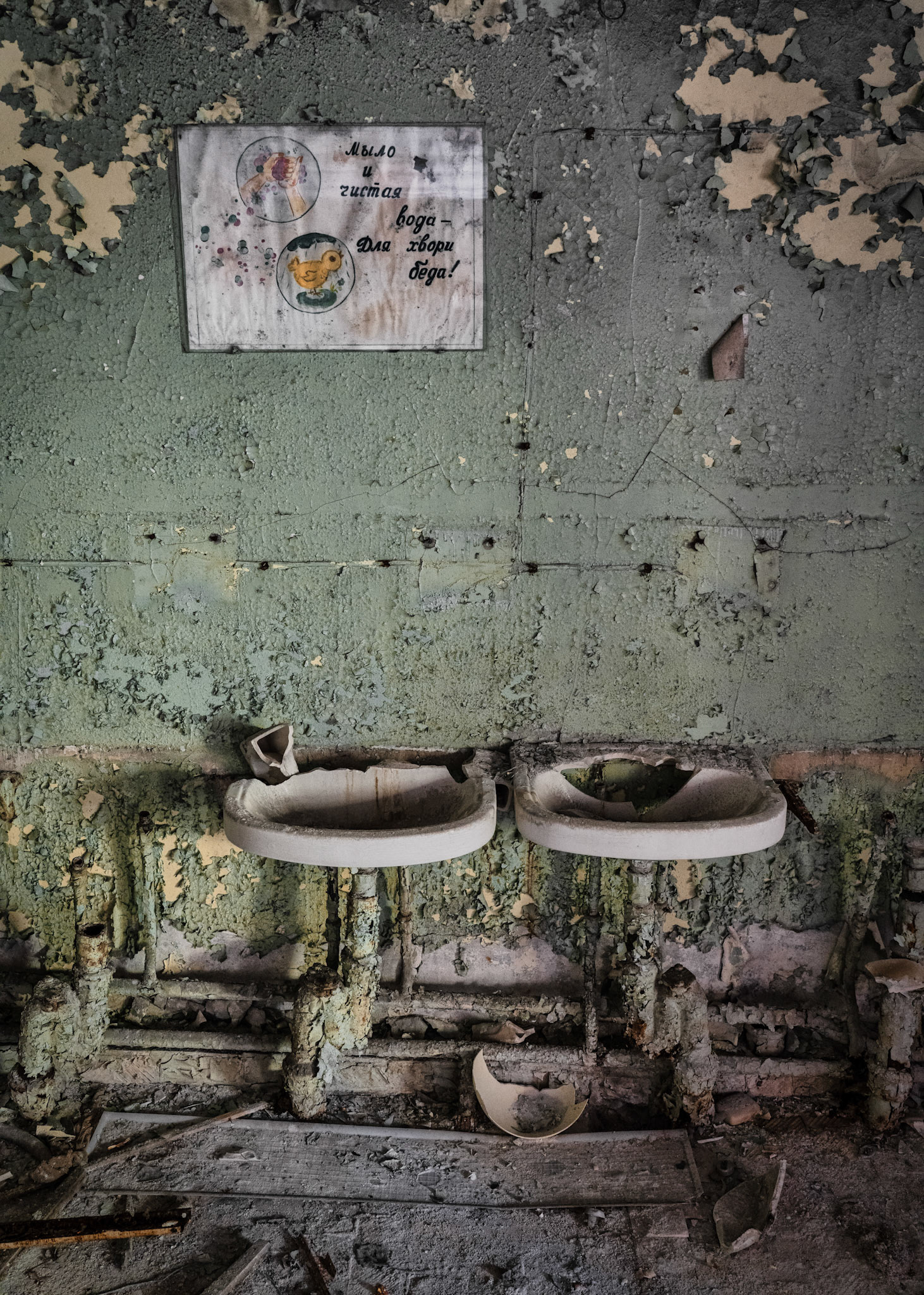
Azure Swimming Pool
After the evacuation in 1986, Pripyat was not completely abandoned. The impressive Azure Swimming Pool was still in use by liquidators and other parties, years after the disaster. They kept it in operation until 1998, 12 years after the accident.
The building was considered to be the cleanest place in the Chernobyl Exclusion Zone, so many workers enjoyed this clean and inviting sports complex.
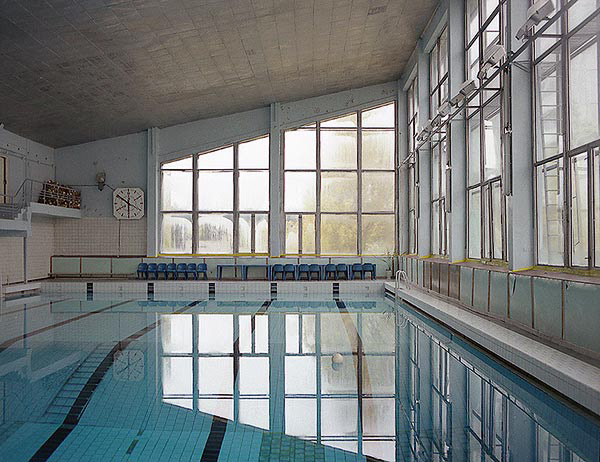
1996
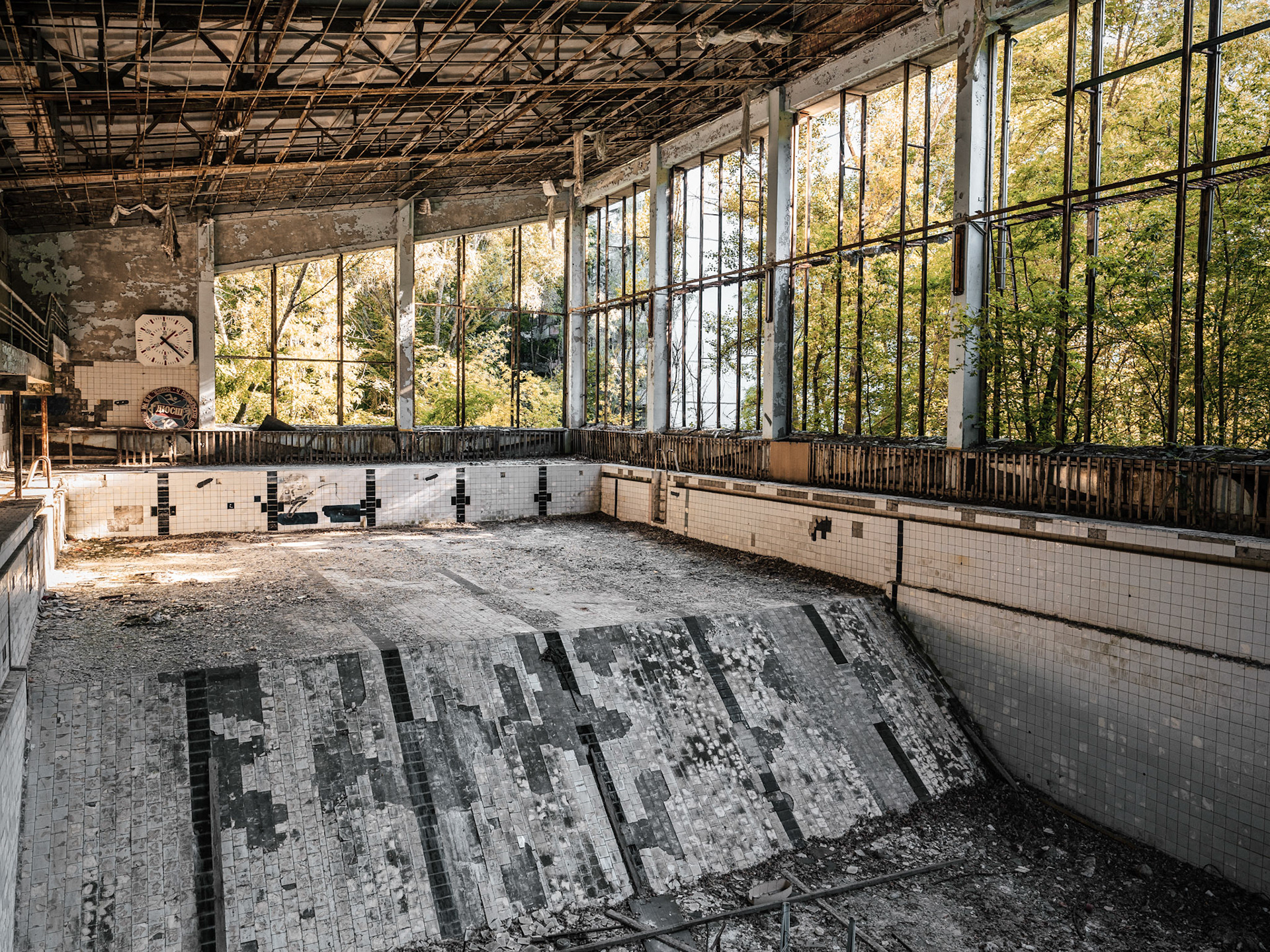
2021
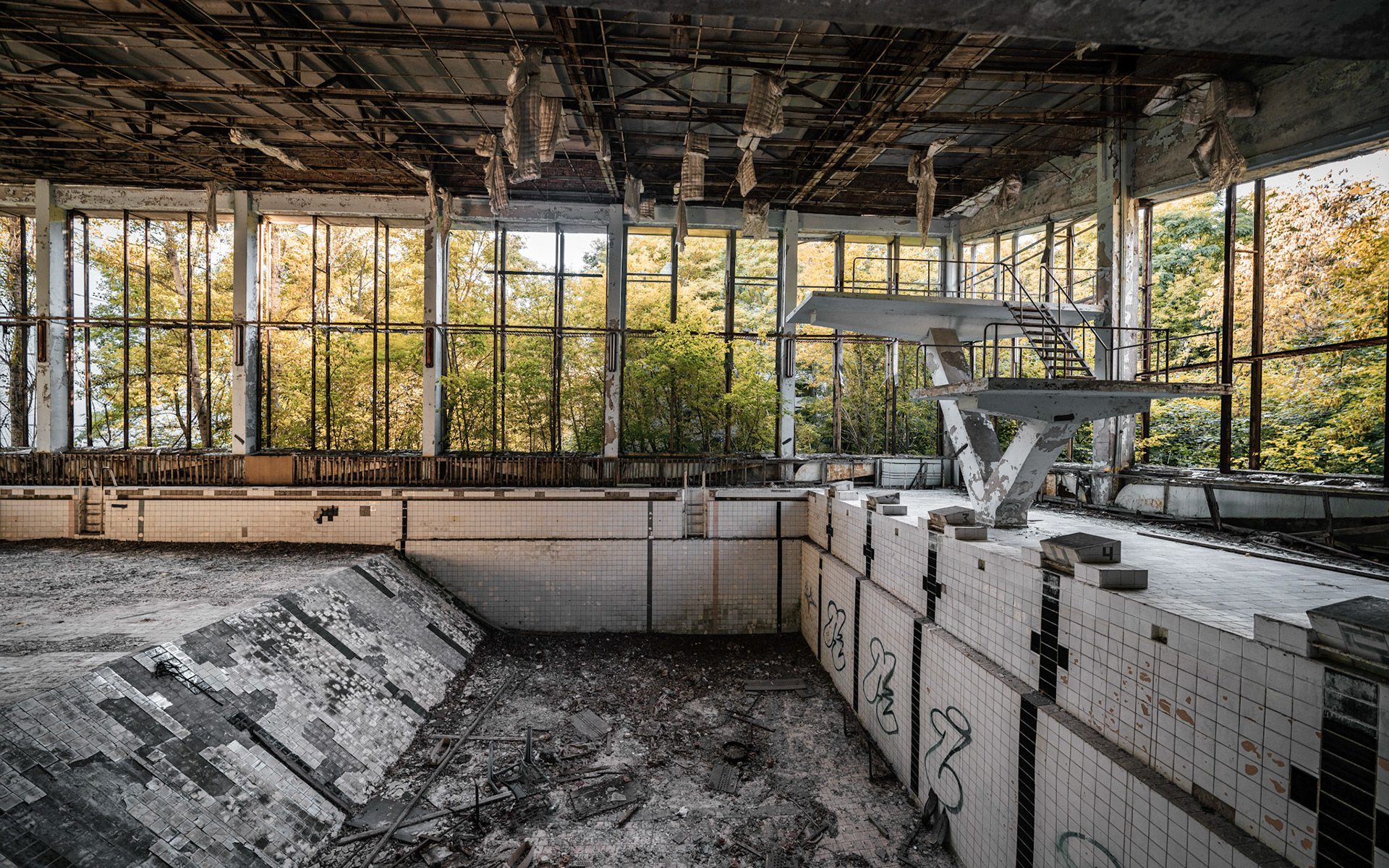

Kindergartens
There were many young families in Pripyat, the average age of the people was 26. Under communism, women, especially married mothers, broke through traditional ideas of women’s participation in paid, skilled, labour. For this reason, there were 15 kindergartens in the Pripyat area.




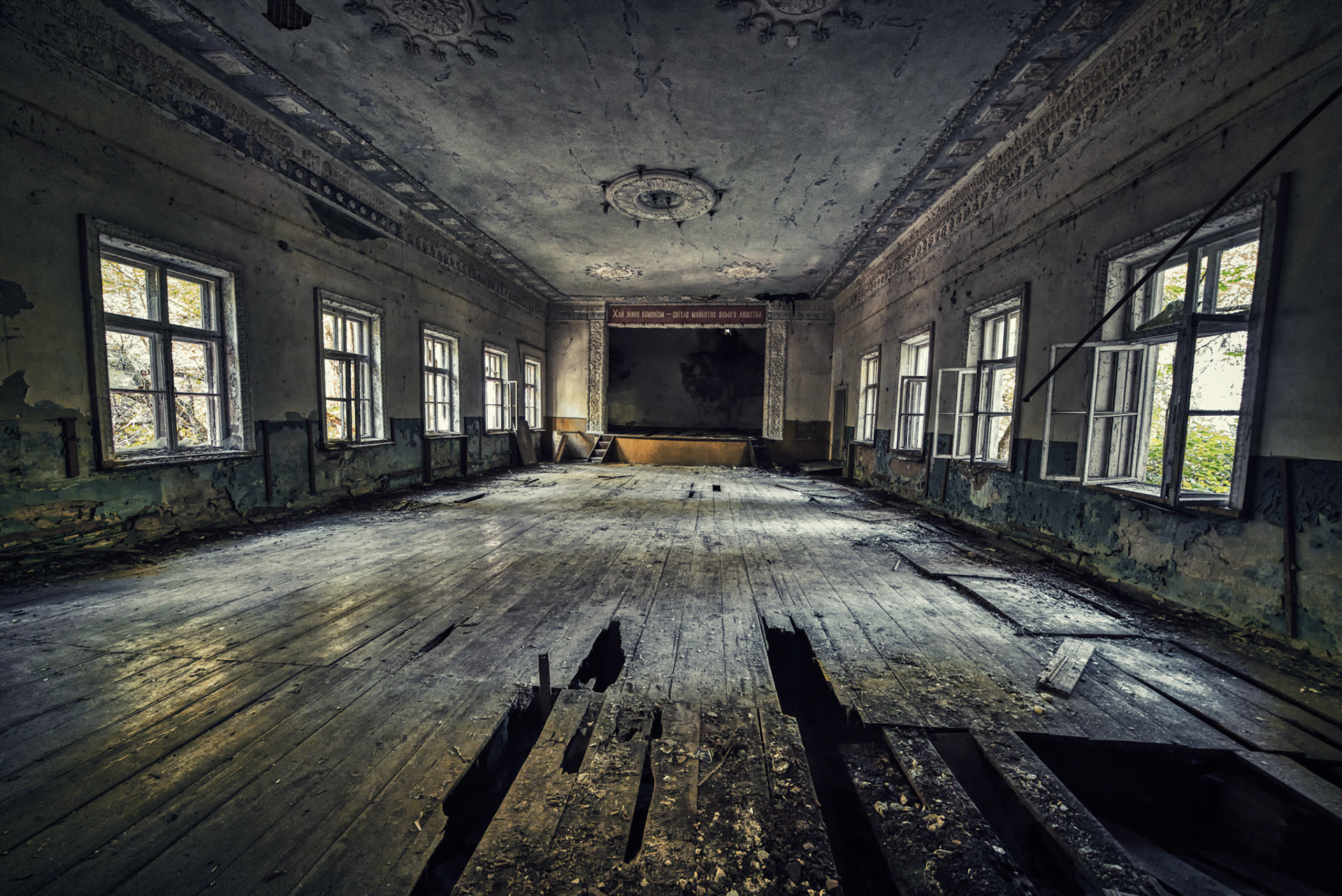
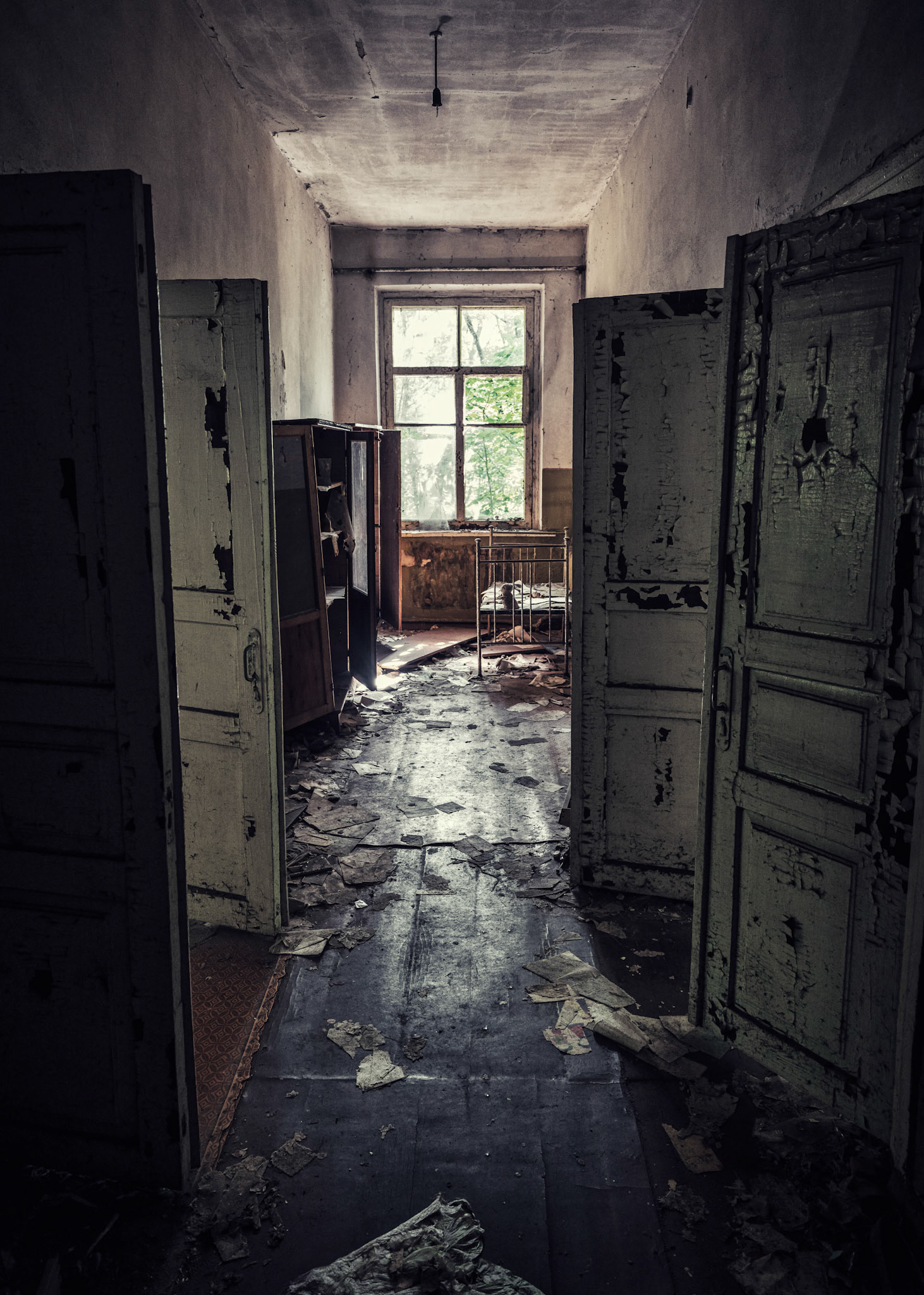
Duga Radar
The Duga was a Soviet “Over the horizon” radar system, and was a part of the Soviet missile defence early warning system that operated from July 1976 to December 1989.
The radar had a very high output signal, that could be heard all around the world, when it was activated. Amateur radio operators named it “The Russian Woodpecker”, after its “Tuk tuk tuk tuk” pulses, that interfered their shortwave radios.
It was once one of the most powerful military facilities in the Soviet Union's communist empire and stands a towering 150 meters high and stretches almost 700 meters in length.
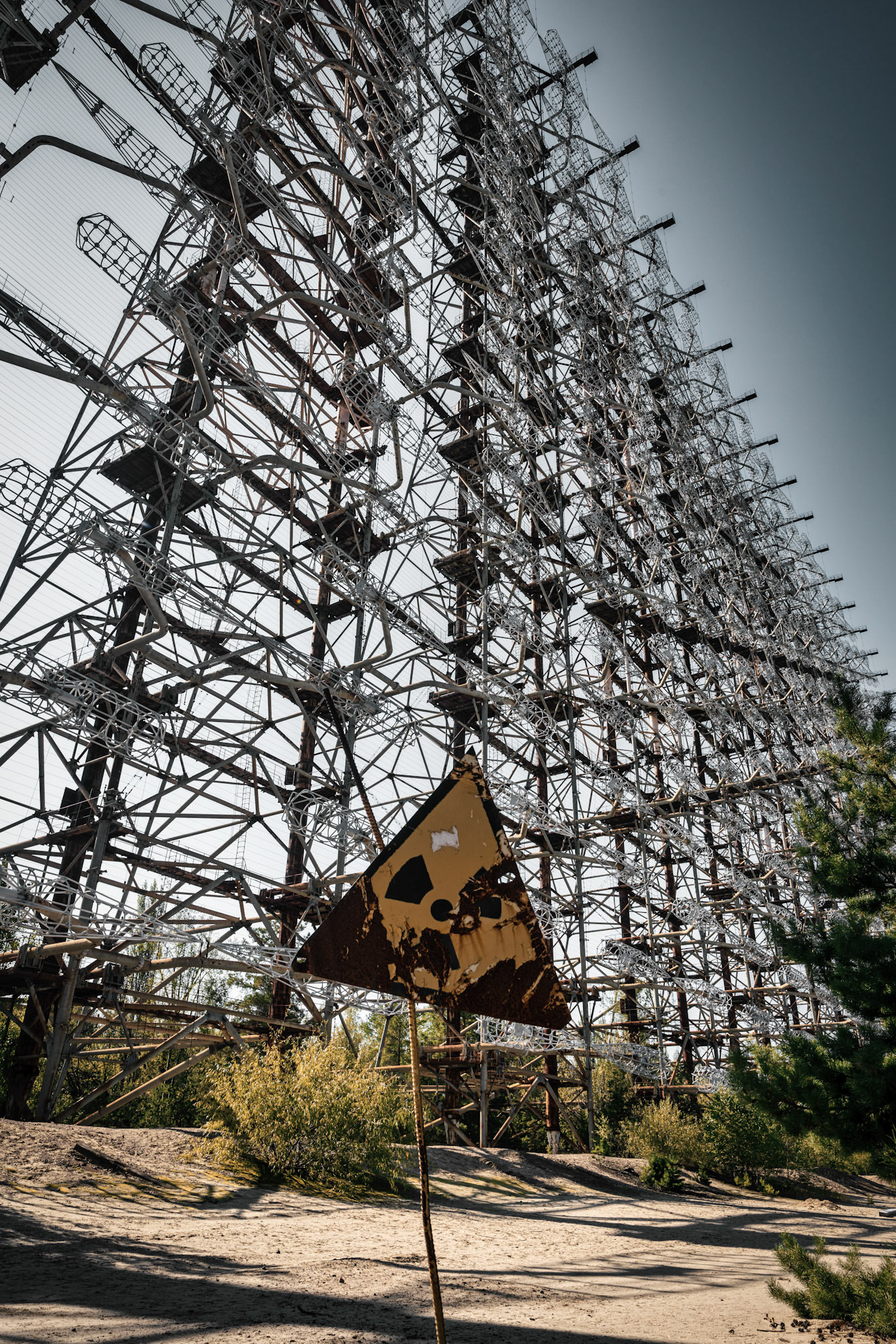


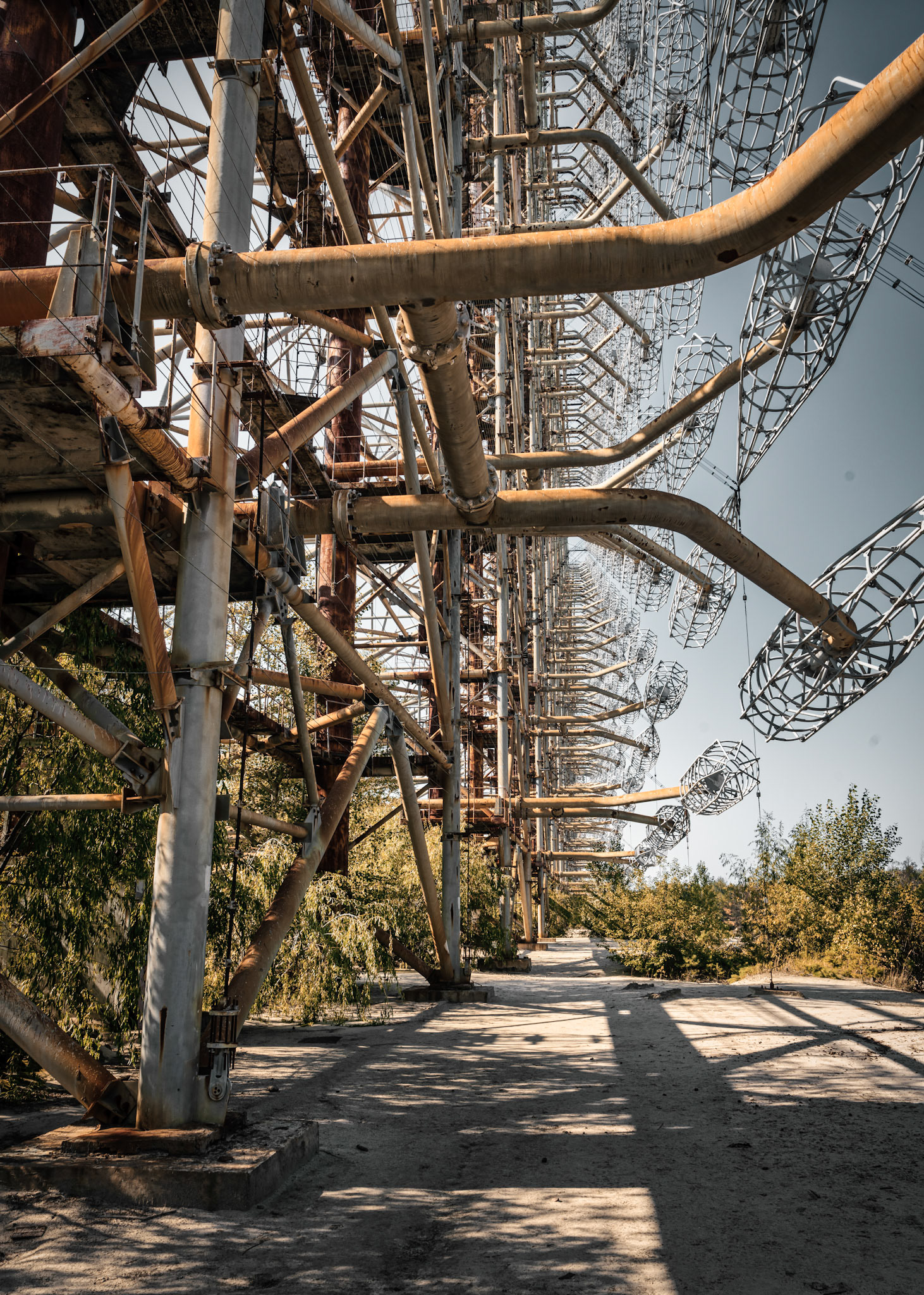


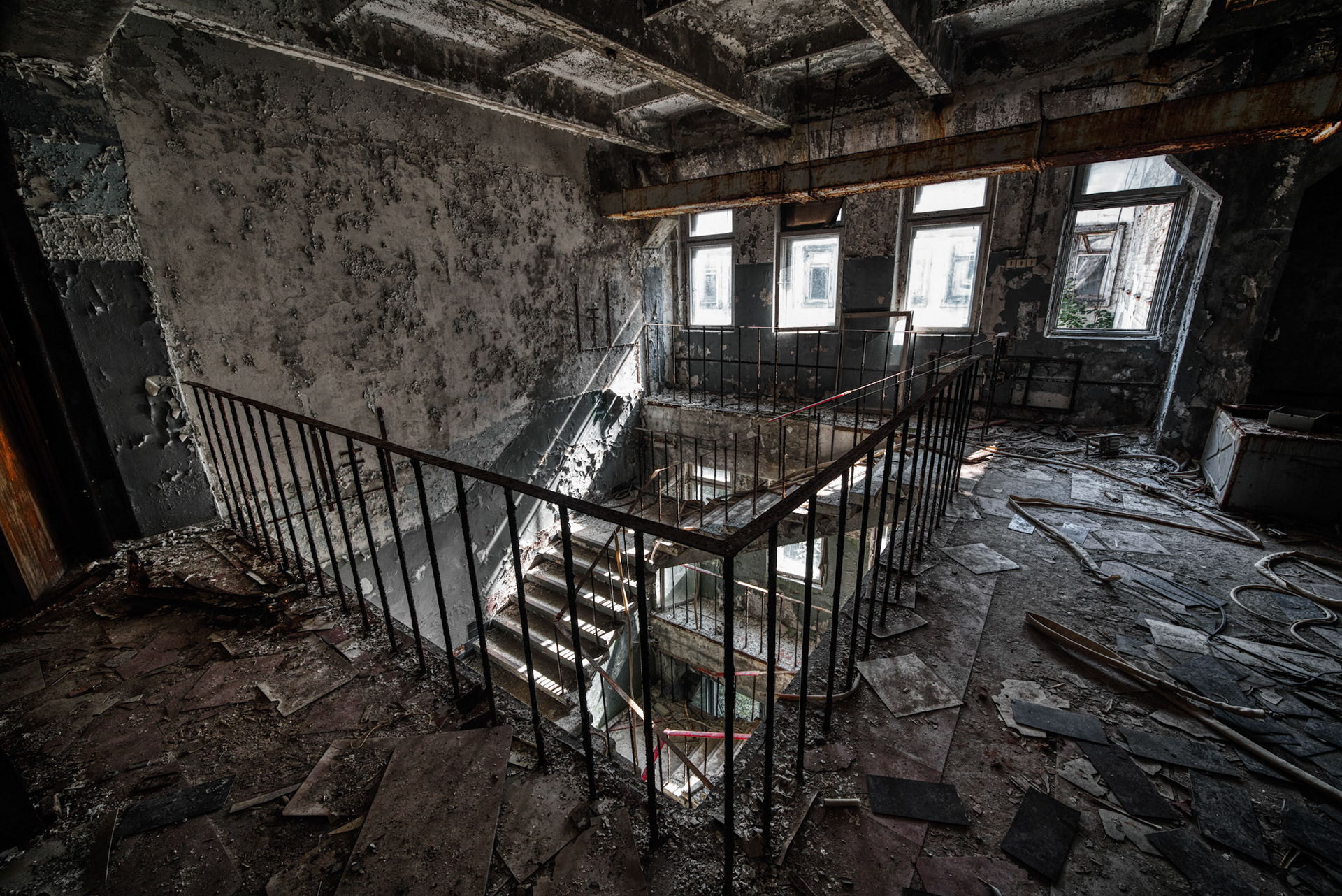
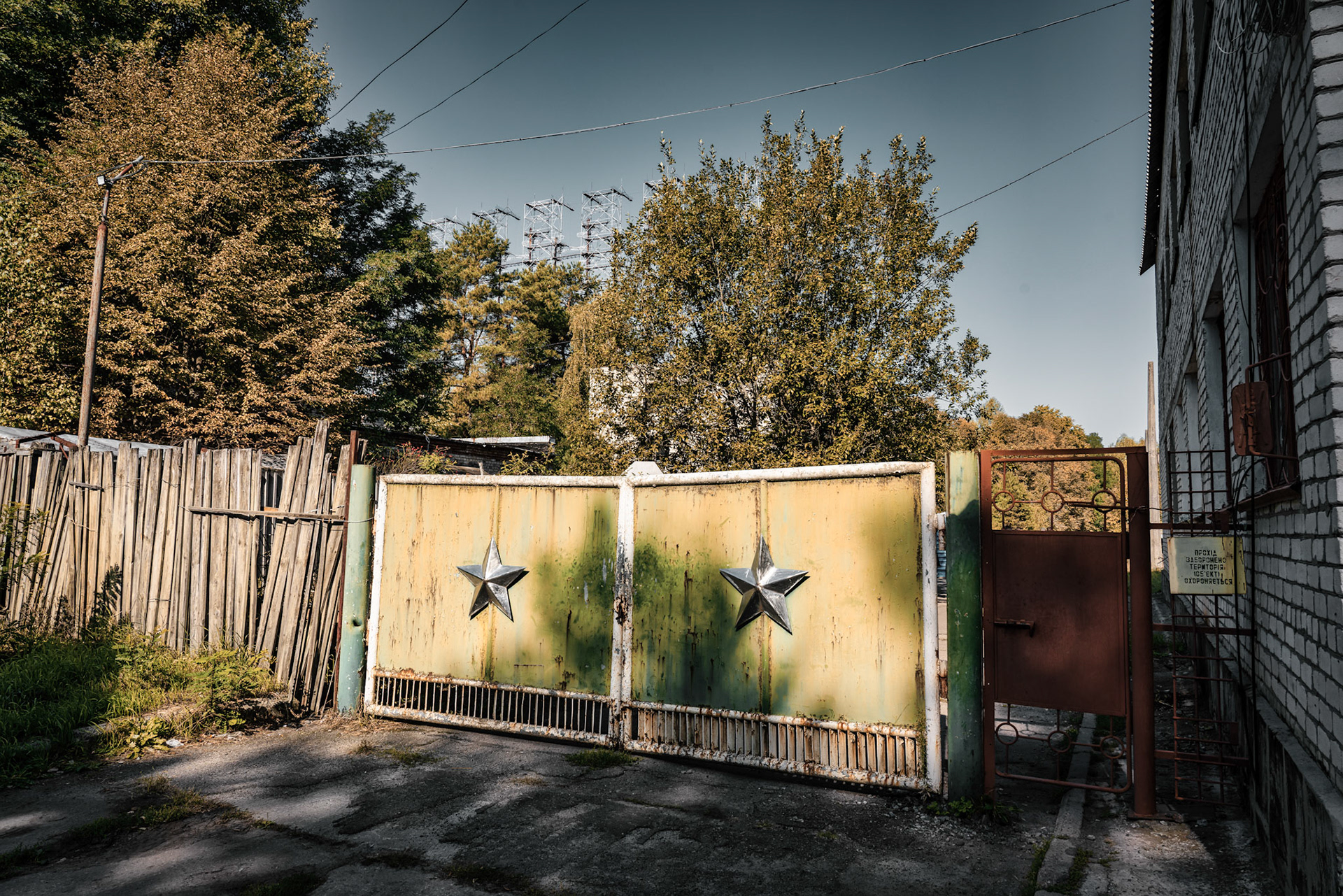

Reactor No. 4
To contain the fallout immediately after the disaster, the Soviet Union mobilised an estimated 500,000 workers to build the Sarcophagus, which enclosed the ruins of the nuclear reactor. It was only intended as a temporary solution, and over the decades, it has been falling into disrepair.
A more permanent solution was needed. About two decades in the making, a massive steel structure called the New Safe Confinement was built to seal in the site and moved into place in November 2016.
Considered the world’s largest moveable structure, it’s tall enough for the Statue of Liberty to fit inside. The New Safe Confinement is expected to securely contain the radiation for 100 years.
Cooling Towers
In the aftermath of the disaster, the construction on reactor 5 and 6 were suspended, and eventually canceled in April 1989. Reactor 5 was approximately 70% complete at the time of the accident.
The related power plant cooling towers were also never completed. The diameter of the almost finished tower is 120 meters, its height is about 150 meters.
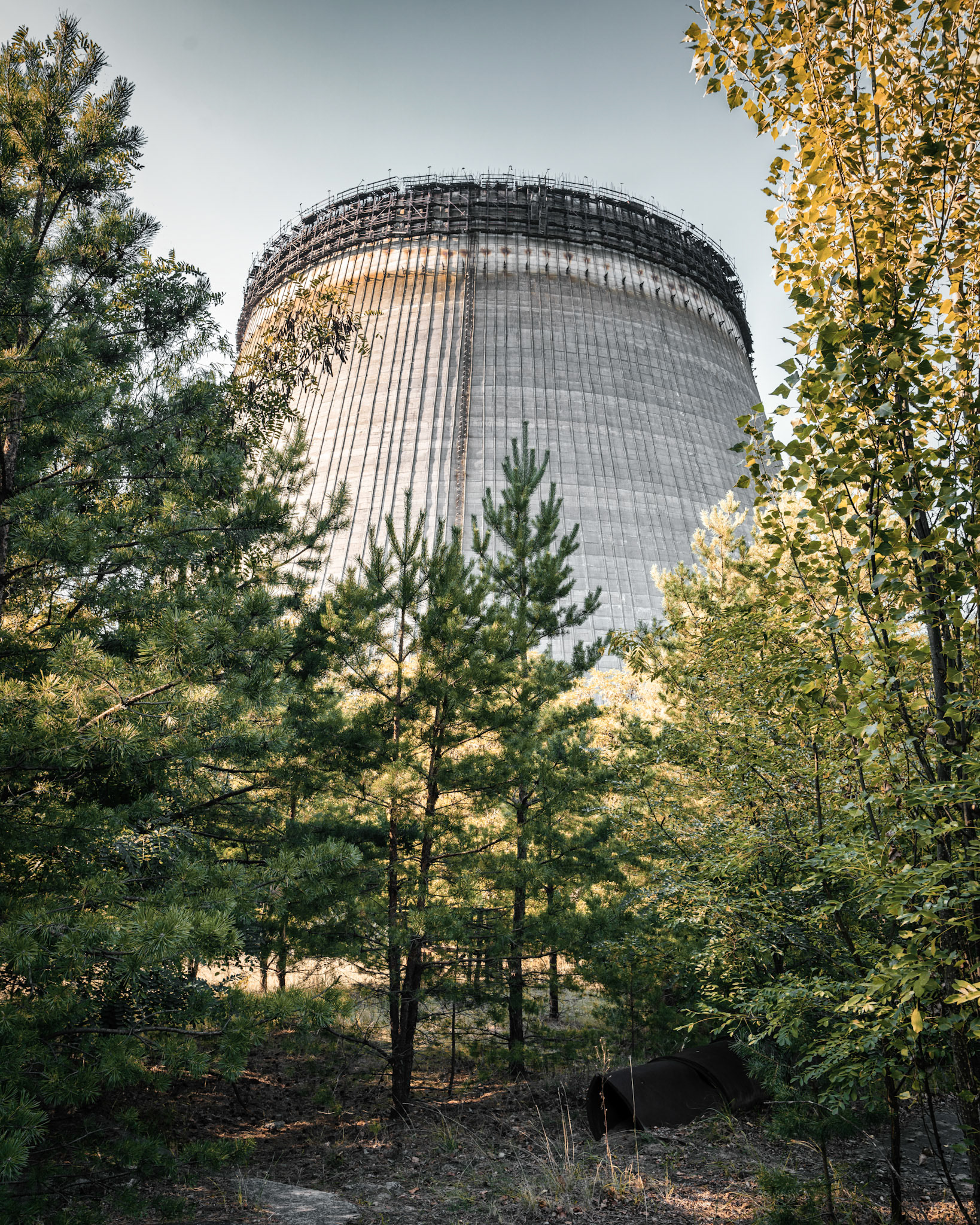
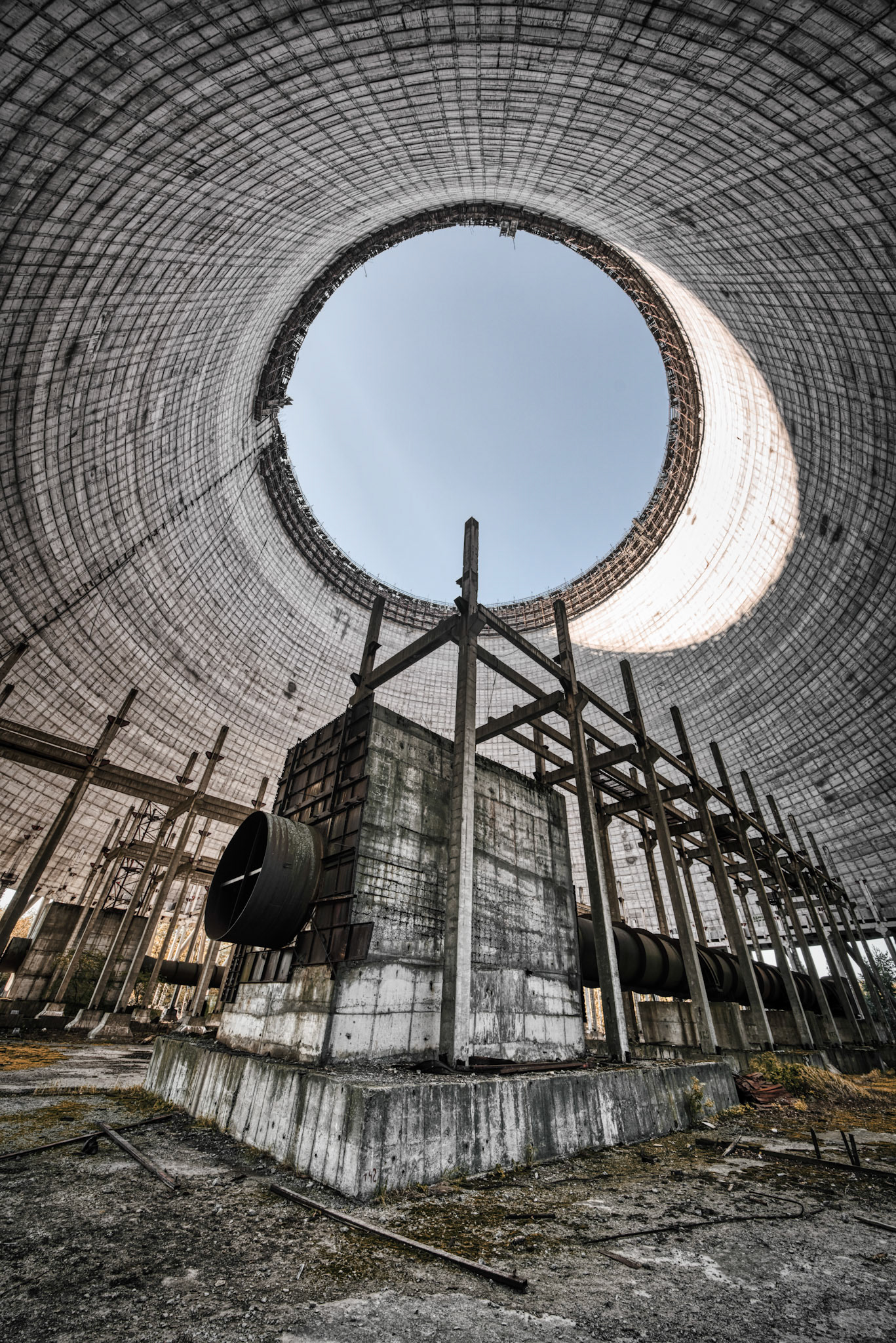
Those Who Saved the World
700'000 men were conscripted into the Chernobyl area to “liquidate” the released radiation from the Chernobyl Nuclear accident. The selfless efforts of these “liquidators”, miners, soldiers and firemen, are unparalleled in history. Sacrificing themselves, they prevented a potential secondary nuclear explosion that could have killed hundreds of thousands across Europe.

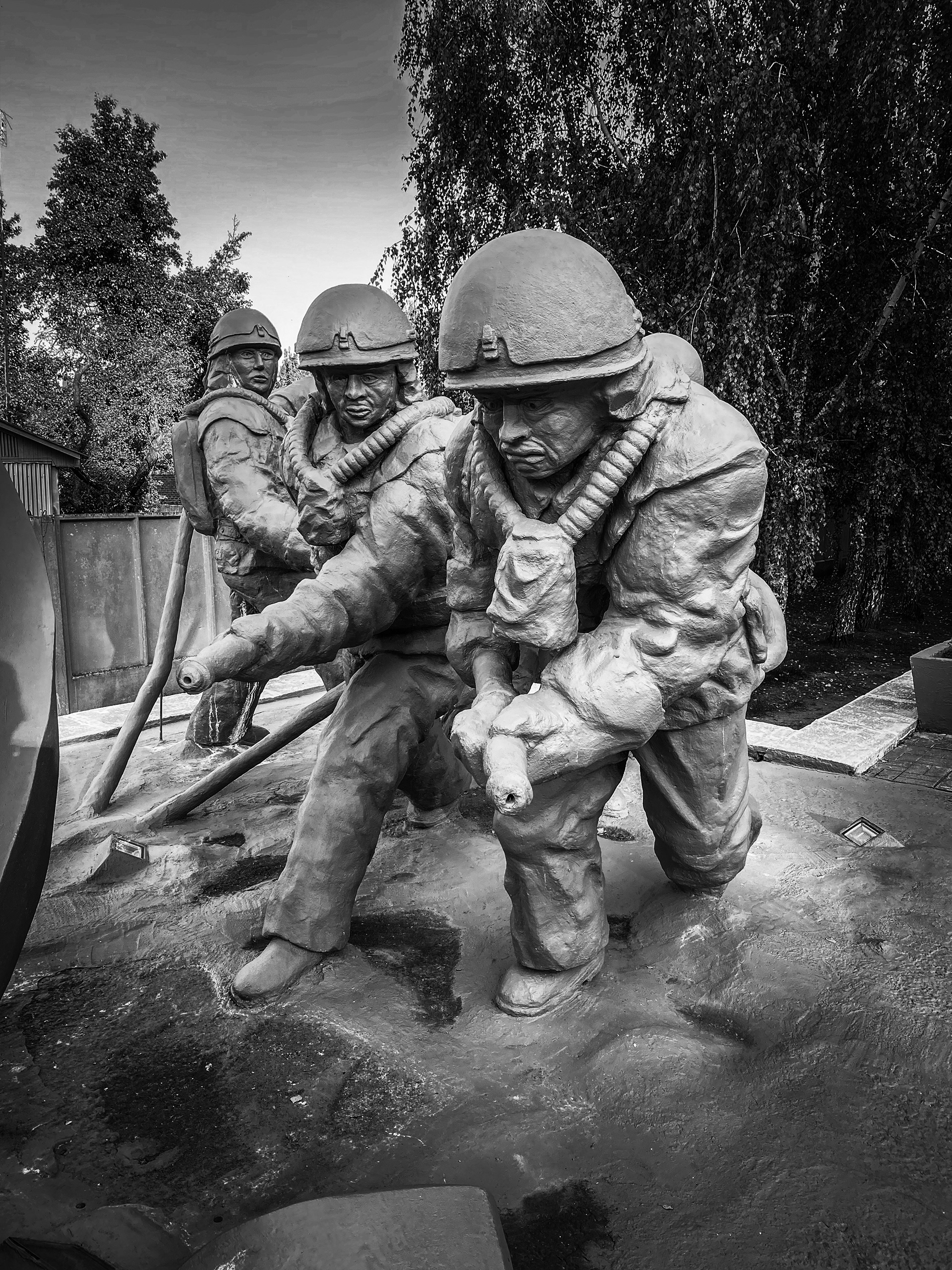
Kyiv
In the beginning there was Kyiv. Long before Ukraine and Russia existed, the city's inhabitants were already striding up and down the green hills, idling hot afternoons away on the Dnipro River and promenading along Khreshchatyk – then a stream, now the main avenue. From here, East Slavic civilisation spread all the way to Alaska.
